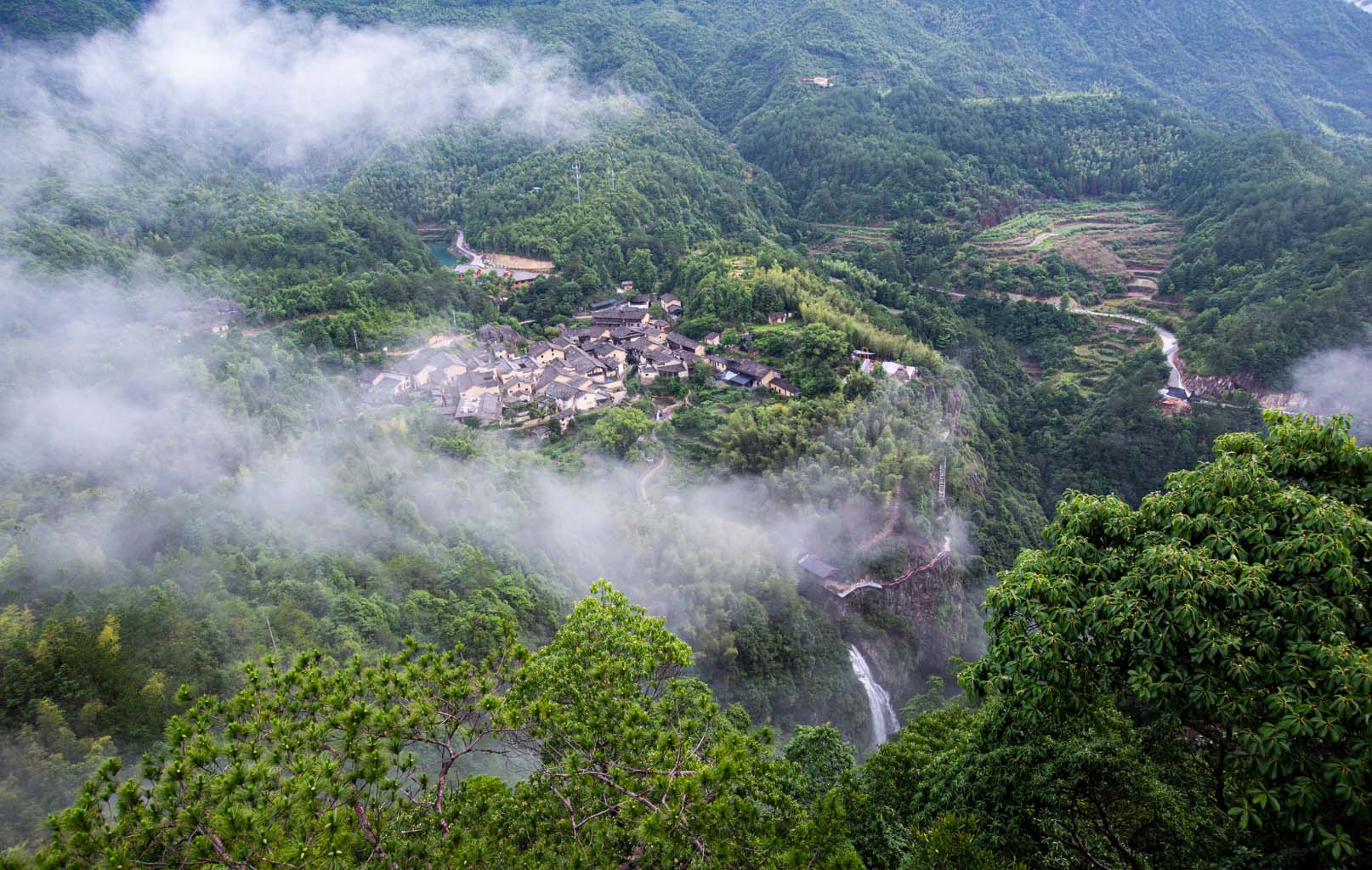
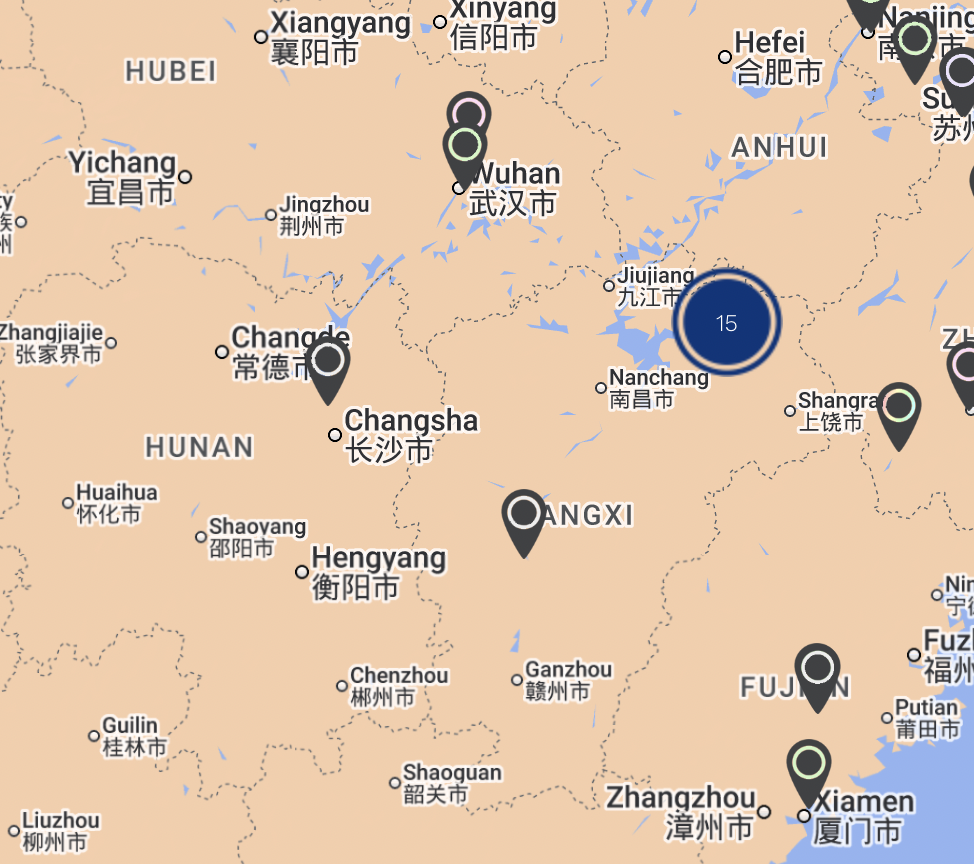
To see all the destinations listed in this guide and other ceramic sites in China, check out CERAMIC WORLD DESTINATIONS (CWD), MoCA/NY's interactive map listing over 4,000 ceramic destinations!
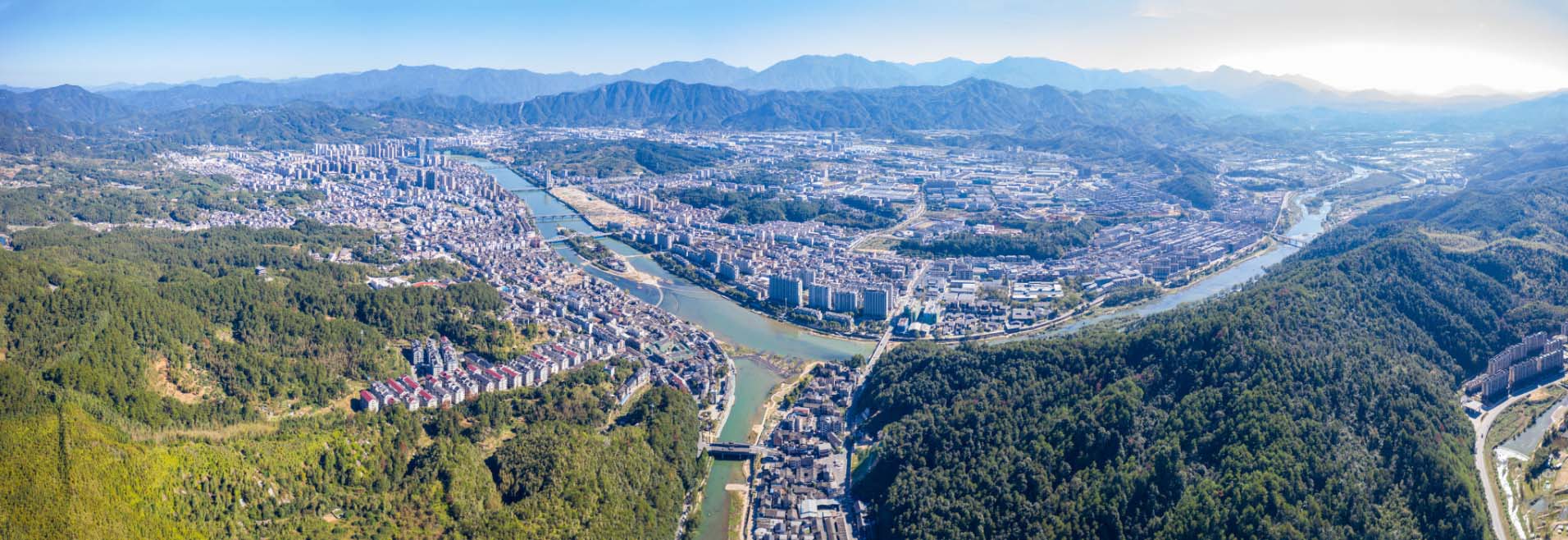
Here is a 72-hour journey through Longquan celadon for ceramic enthusiasts. Longquan celadon is the only world-class Intangible Cultural Heritage of Humanity in the porcelain category, and the city boasts a millennia-long history of ceramic production. Let our carefully condensed and informative itinerary take you on an in-depth tour of Longquan's most iconic museums, art districts, and local restaurants—and immerse yourself in the city's vibrant art and history.
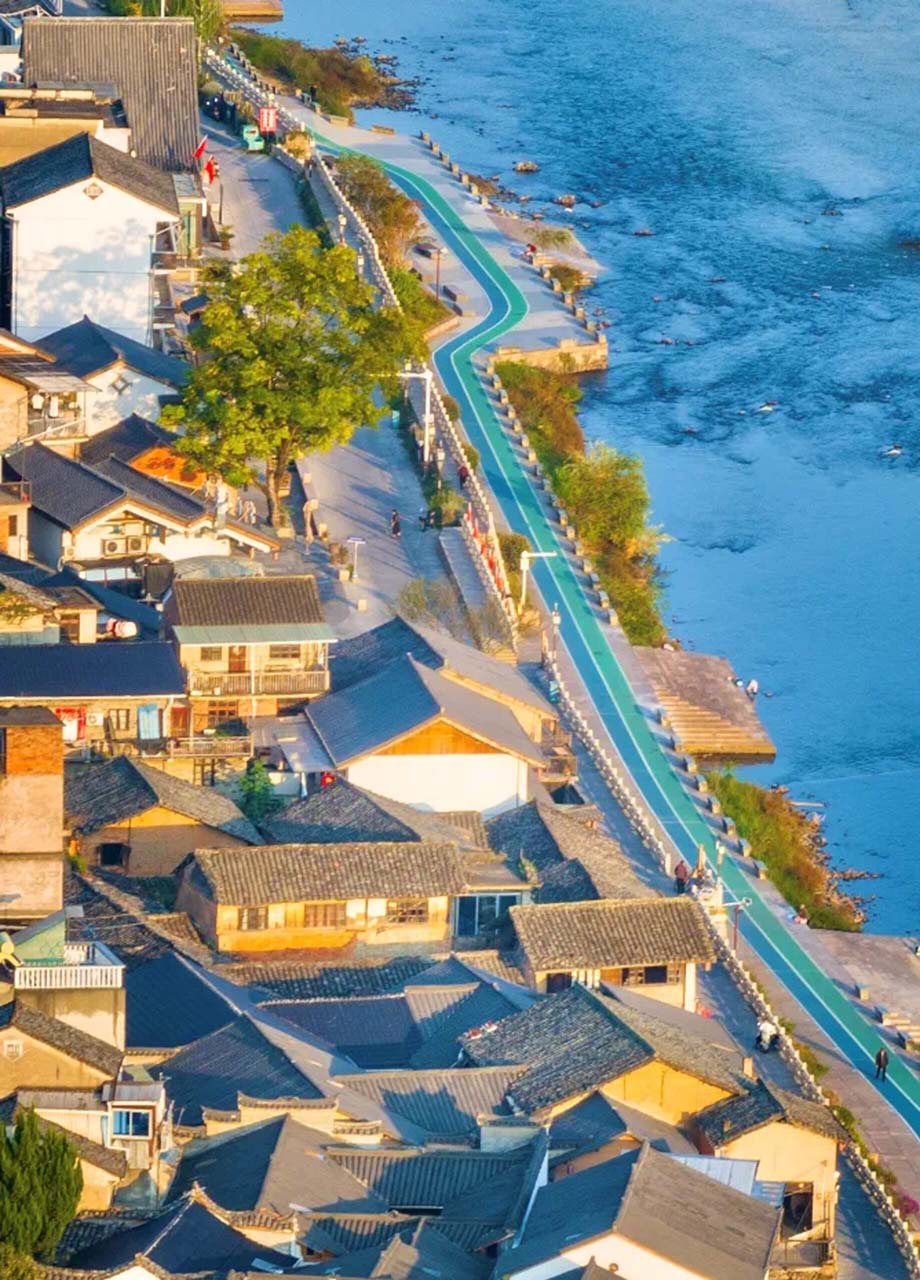
Longquan City is located in the southeast of China. As the main passage from Zhejiang Province to Jiangxi and Fujian provinces, it has long been recognized as a vital thoroughfare connecting nearby cities—historically known as the Ancient Important Passage to Deliver Messages and the Throat for Business.
Longquan has had traces of human life since the Neolithic period. Established in 759 A.D., the city has a history of more than a thousand years. With its long history and profound cultural heritage, it is renowned for two cultural icons: Longquan Celadon and the Longquan Sword.
This is an ancient poem describing the prosperous porcelain industry of Longquan: “On both sides of the Oujiang River, porcelain kilns stand, smoke and fire look at each other, and ships on the river are weaving in and out.” Born in the Two Jin Period (300 A.D.), Longquan celadon was the literati’s clarification of flavor image carrier. Today, it has become a distinctive symbol of historical and cultural industry.
One color in the kiln, ten thousand colors out of the kiln—celadon, through the lens of history, is not simply a material, but a rich and poetic aesthetic concept, as well as a condensation of time, region, and emotion.
Also, as a part of the Maritime Silk Road, Longquan celadon, which started more than 1,700 years ago, enjoys a high reputation both at home and abroad. Historians of ceramics have put forward the concept of Longquan of the World, relating to Longquan celadon and globalization, and have highly recognized the influence of Longquan kilns on the firing technology and artistic aesthetics of kilns around the world.
During the thousands of years of Longquan celadon’s firing history, it responded to the needs of both emperors and the folk market, evolving through three stages: from the incised and pinched decorations of the initial period, to glaze decorations, and finally back to incised decorations. During the second period, the Song Dynasty (960–1279) marked the heyday of Longquan celadon, when the oriental aesthetics of thick glaze as the primary mode of artistic expression established Longquan celadon’s international status and influenced the creative logic and cultural imagery of contemporary Longquan ceramic art.
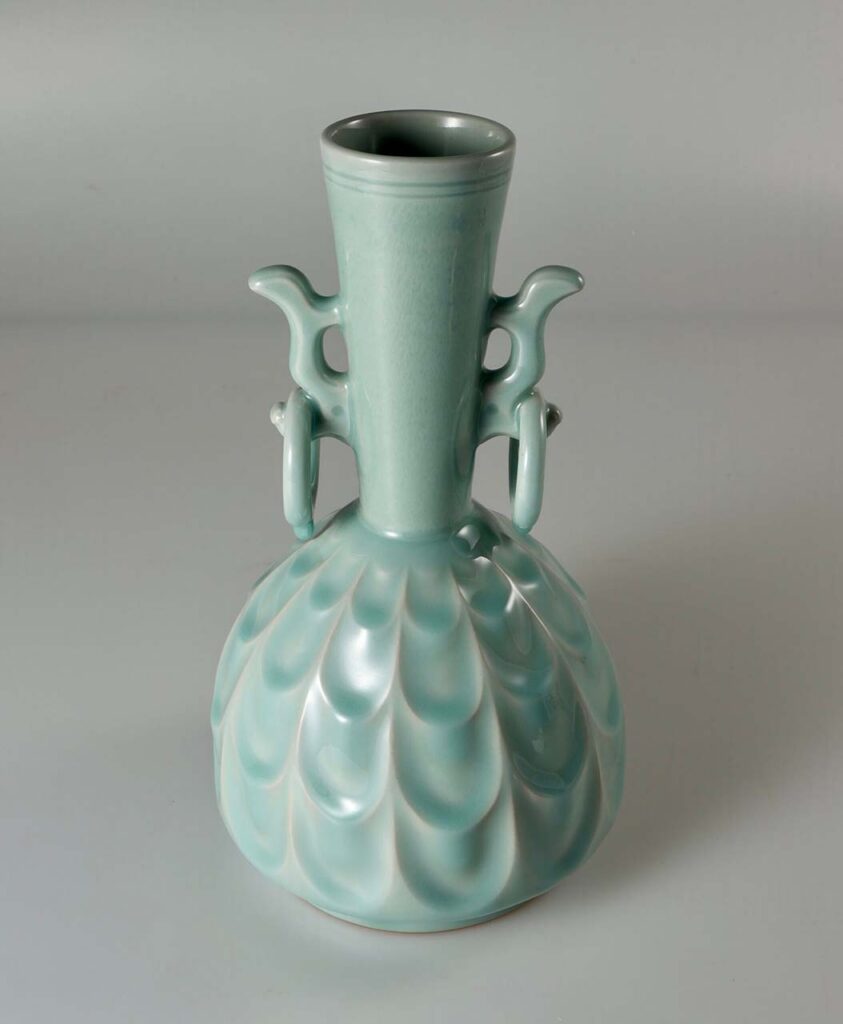
Longquan celadon is traditionally crafted from two distinct types of clay: Ge (“older brother” in Chinese) and Di (“younger brother” in Chinese). Ge clay, rich in iron and often containing purple-gold clay, produces a darker body renowned for its crackled glaze surface. This crackling effect results from the differing rates of contraction and expansion between the glaze and the clay body—the glaze contracts more than the Ge clay during cooling, creating a network of fine cracks. Ge ware is further distinguished by its purple-tinted rim, iron-grey foot, and signature crackled surface. As one of the Five Famous Wares of the Song Dynasty (960–1279), Ge celadon has long been revered as a treasured form of ceramic art.
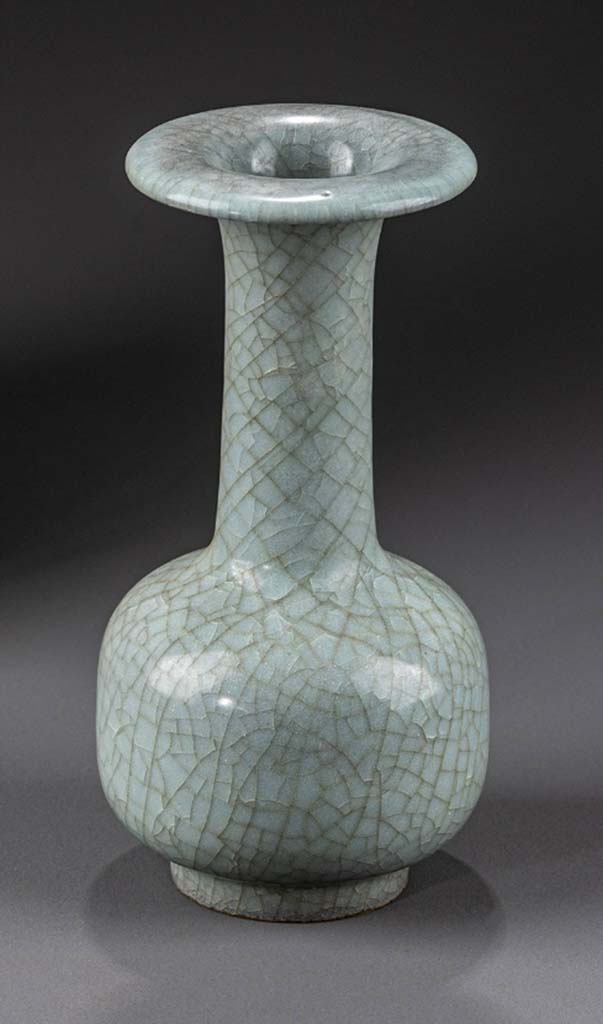
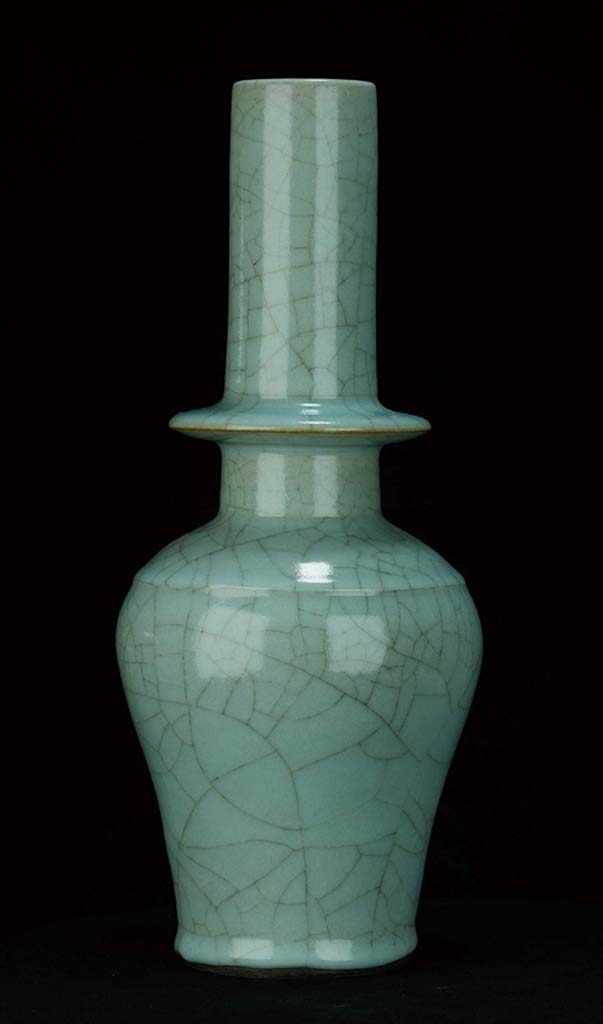
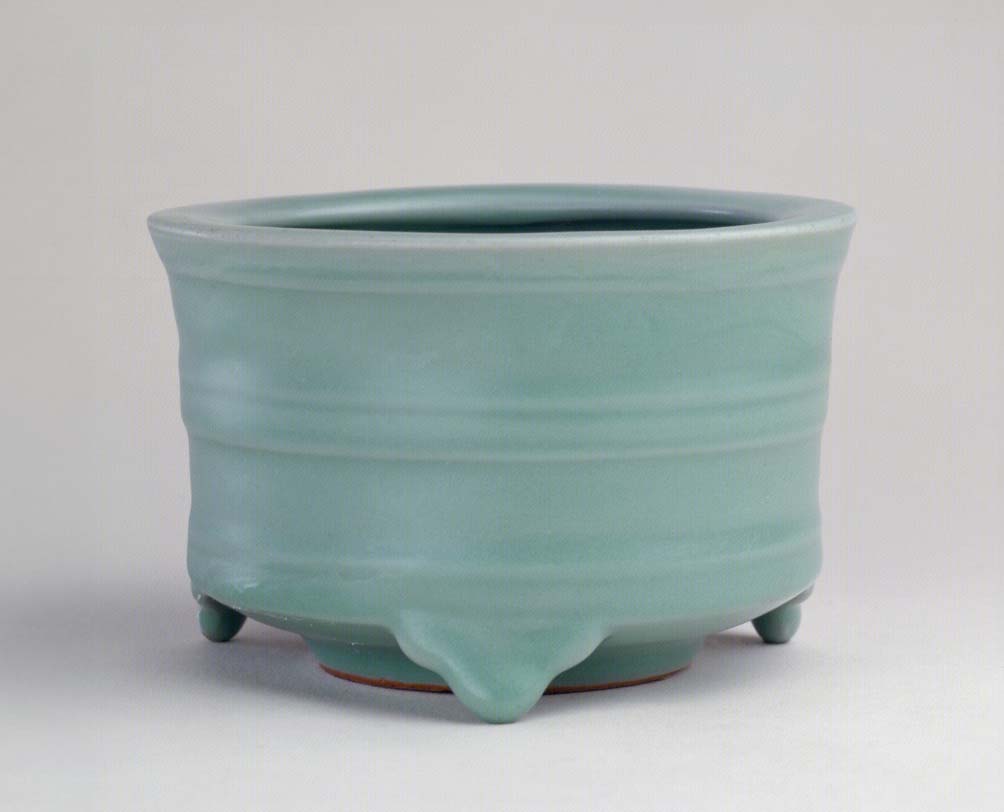
In contrast, Di clay contains less iron, resulting in a lighter body that yields a smooth, non-crackled glaze. Di ware is celebrated for its rich greenish tones—especially the prized plum green—and its lustrous, jade-like texture. A hallmark of Di celadon is the appearance of soft, whitish crest lines, known as “veins,” which often emerge along the ridges of draped forms. Another distinctive feature is its red-tinted foot, referred to as the “cinnabar base.” Di ware is widely regarded as one of the finest examples of celadon craftsmanship in history.
The color range of Longquan celadon is so varied that in Chinese it is referred to as qing—a term that, in this context, does not simply mean blue or green but encompasses a broad spectrum from white to black. Today, contemporary Longquan celadon artists are boldly experimenting with a wide array of colors. Traditionally, among the various glaze tones, Soft Blue has been considered the most precious, while Plum Green remains the most popular. Other notable hues include Sky Blue, Pea Green, Light Yellow, and Amber.
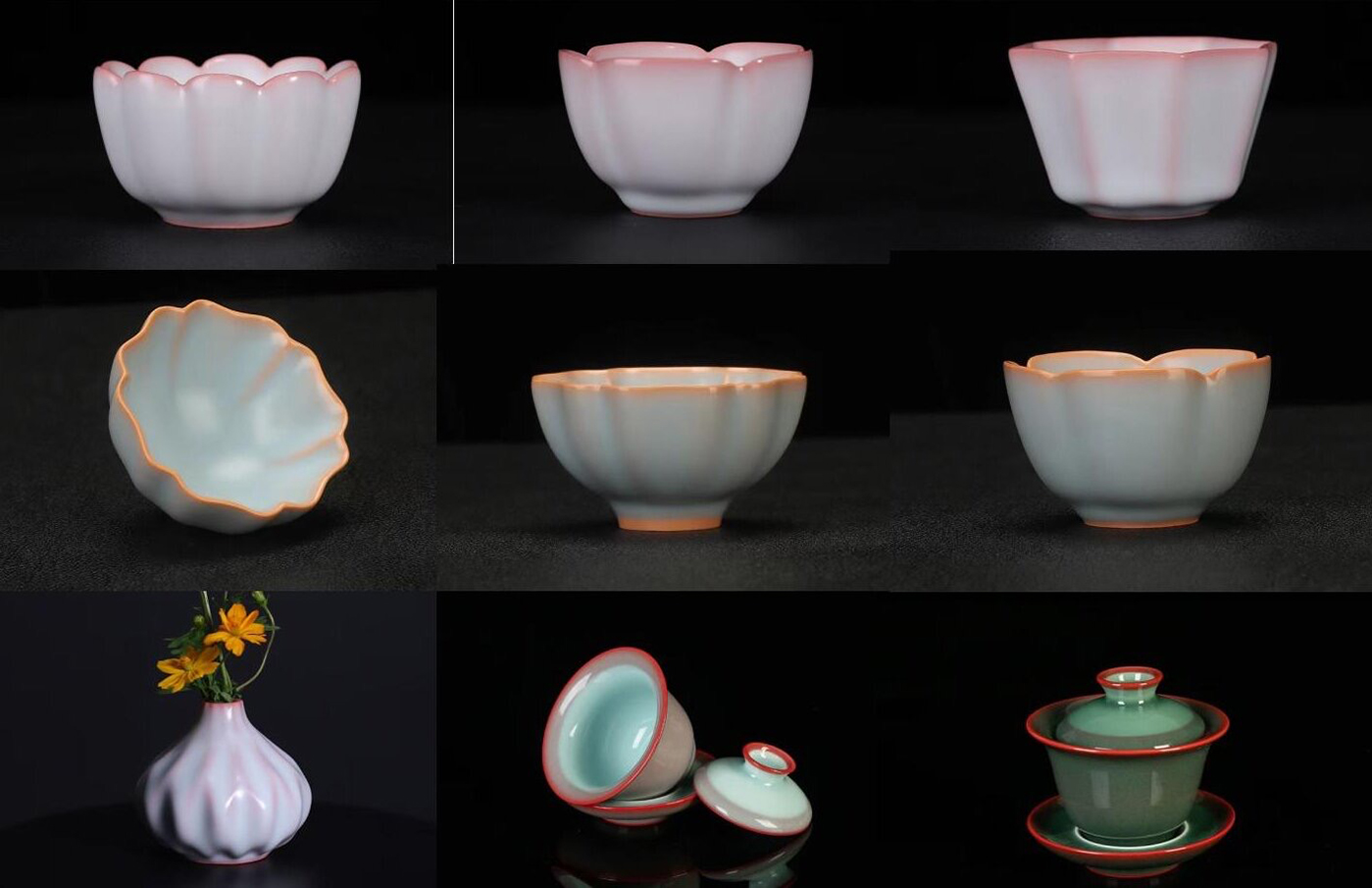
In 2009, the traditional firing technology of Longquan celadon was inscribed on the Representative List of the Intangible Cultural Heritage of Humanity, making it the only porcelain craft to have been included on the list so far.
Besides, in 2006, the forging skills of Longquan swords were included in the National List of Intangible Cultural Heritage of China. With a history of more than 2,500 years, the Longquan sword is renowned for its durability and tensile strength, achieved by optimally integrating the metal’s softness with its hardness.
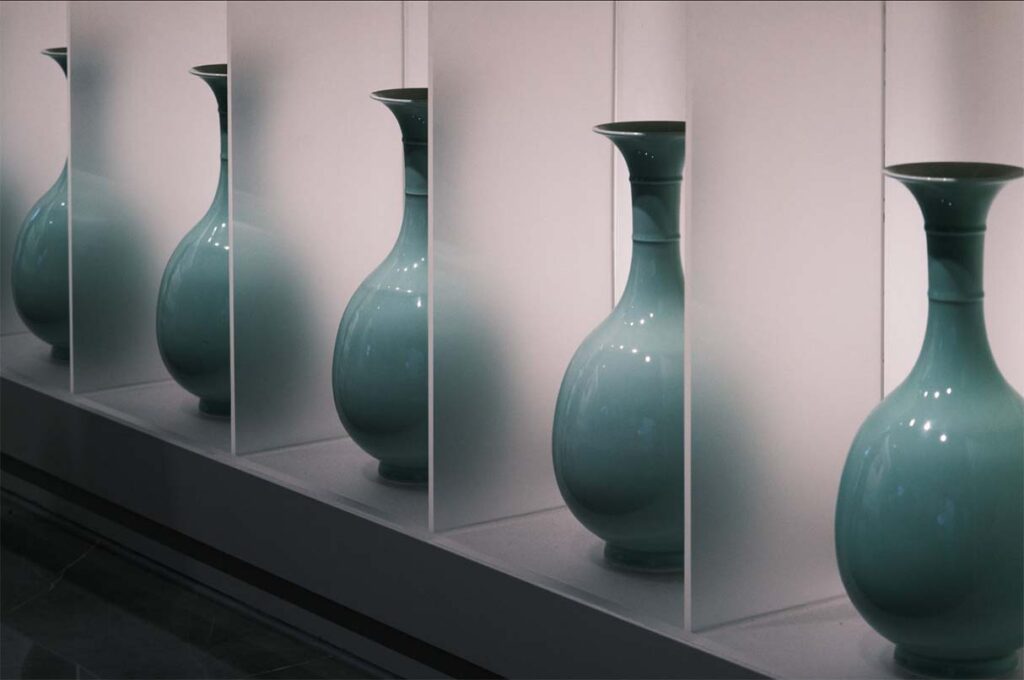
Longquan celadon and Longquan swords—the former soft like water, the latter strong—are like the yin and yang poles, together embodying the Tai Chi totem of Chinese culture. Through mutual contrast and balance, they conserve energy and, in their aesthetics, achieve a subtle harmony and sense of eternity. By visiting Longquan, you will surely experience its charming, vibrant art scene and warm, welcoming city culture. The culinary delights, too, will leave an everlasting mark on your memories!
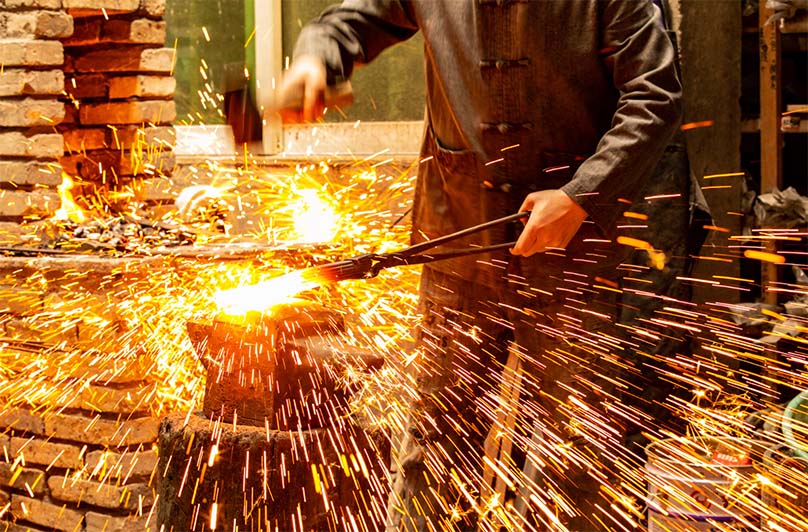
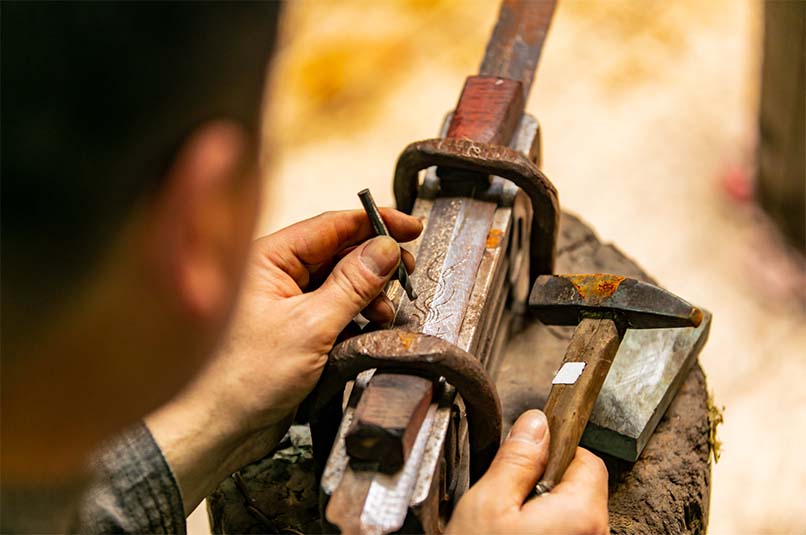
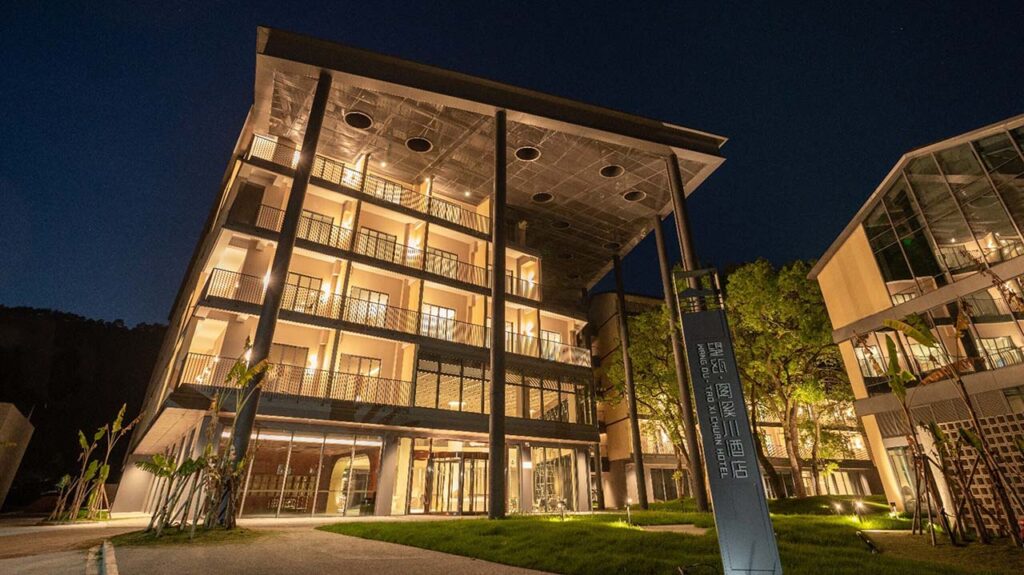
Wang Ou Taoxichuan Hotel is located in the Wang Ou Taoxichuan Cultural and Creative Neighborhood, the most concentrated area for Longquan celadon and sword culture. The hotel features a restaurant, meeting space, gym, laundry room, and leisure area. Set apart from the hustle and bustle and close to nature, it is a place that focuses on beauty and art, rebuilding the intimate relationship between people and creating space for new encounters and possibilities to unfold.
Forge Youth Apartment is a modern youth hostel combining hotel-style service with affordable hostel prices located on Wang Ou Ceramic Avenue. It offers a comfortable, convenient, and safe space for young creators, study groups, and backpackers.
Amenities include a 24-hour front desk, a public reading lounge, a self-service laundry, and a seminar area, all designed to enhance the guest experience.
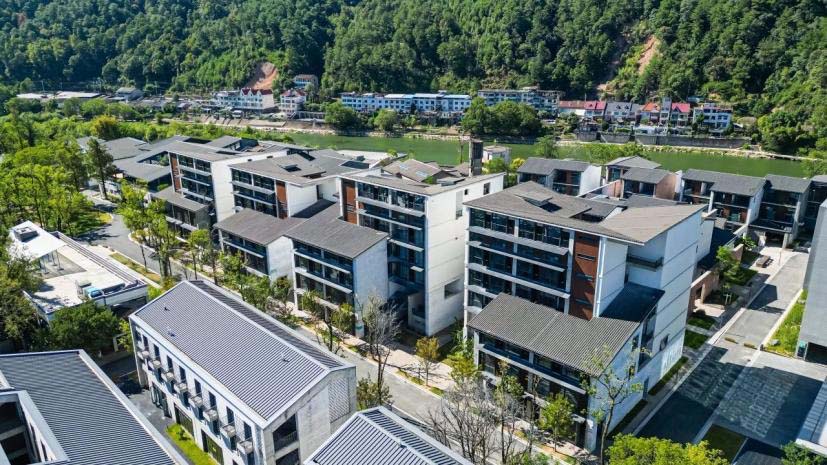
Alipay is a universal payment app in China that allows you to make online payments across all categories. When traveling within Longquan City, it is recommended to use the Didi Travel Service available in the Alipay app, which is both affordable and has short waiting times. Additionally, as Longquan is a historic porcelain-producing area, many of its cultural and historical attractions are located in more remote areas. Some sites lack comprehensive tourist transportation, so in such cases, you may need to rent a car based on your travel plans.
DAY 1 | Museums, Old Streets & the Art District
9 AM: Breakfast
Loving a city often starts with the taste of its breakfast. When it comes to breakfast in Longquan, Fen Pi is the most common dish—a type of noodle made from rice. As far as the eye can see, Fen Pi shops can be found throughout the city’s streets and alleys. We highly recommend the Beihe Street Fen Pi Store. Their crystal-clear Fen Pi, topped with a fried egg or a spoonful of shredded pork, along with a touch of chili sauce and vinegar, will awaken your taste buds for the day.
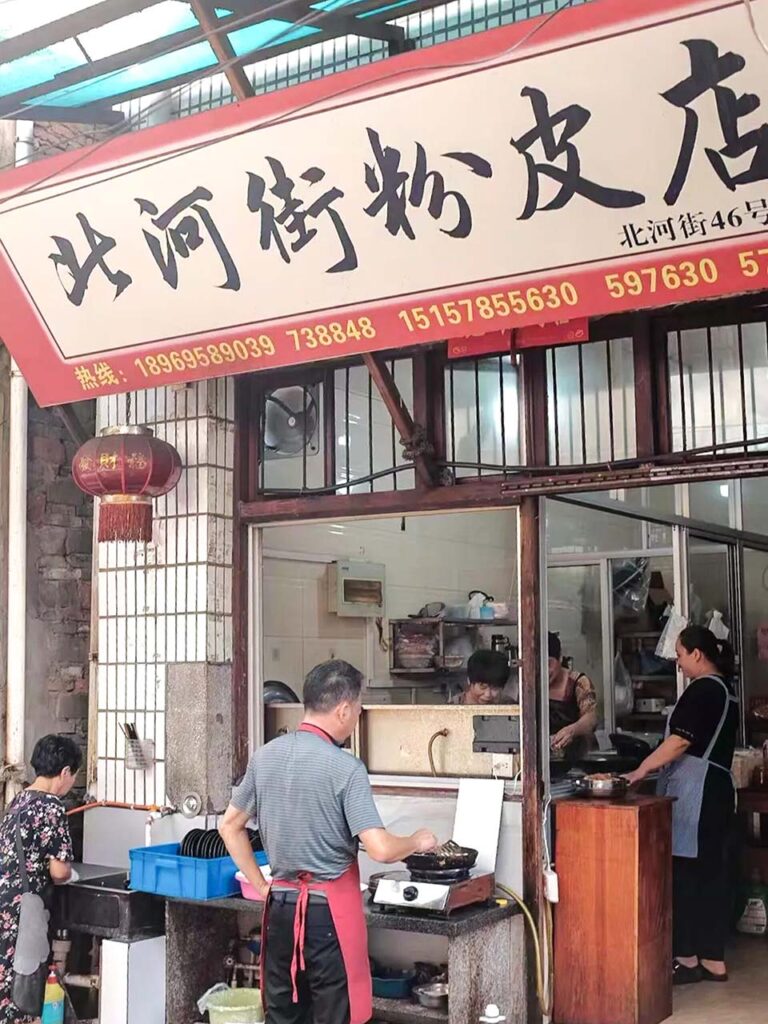
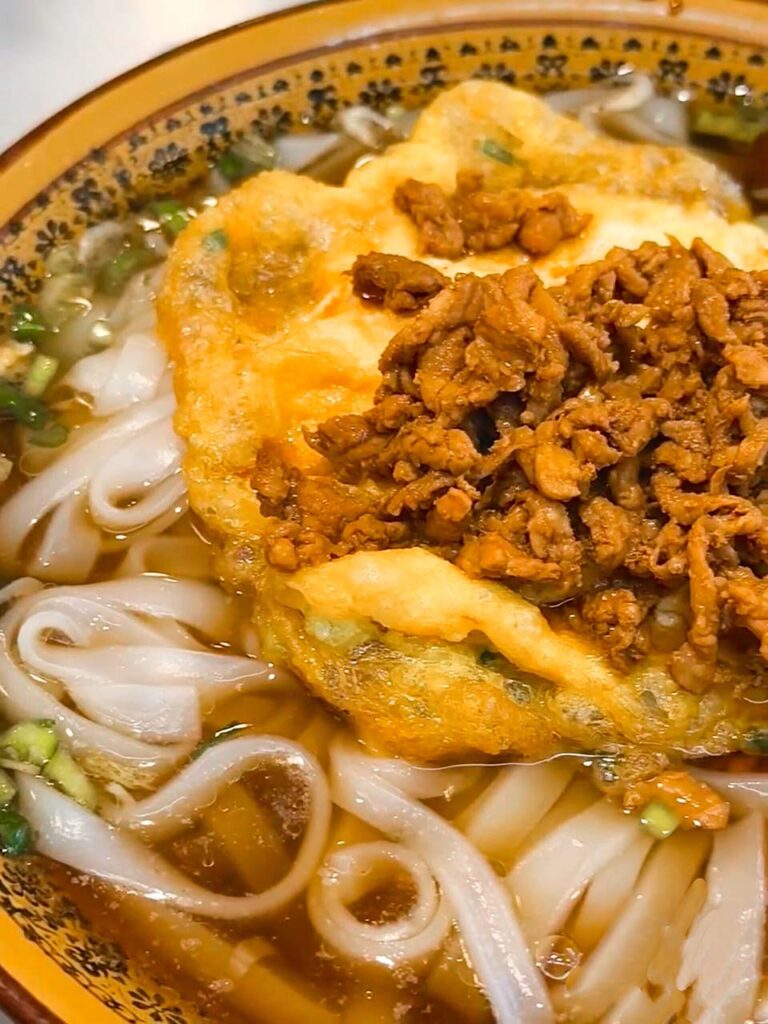
10 AM: Longquan Celadon Museum
The Longquan Celadon Museumhouses more than a hundred masterpieces of Longquan celadon, recording the development and legacy of this storied ceramic tradition. From artworks created over a thousand years ago—when our ancestors first mastered the characteristics of water, fire, and earth—to contemporary pieces by Longquan ceramic artists, the full evolution of the craft is presented in the exhibition hall.
This is the only thematic museum offering a comprehensive and systematic introduction to the history of Longquan kiln development and the traditional firing techniques of Longquan celadon, an Intangible Cultural Heritage of Humanity.
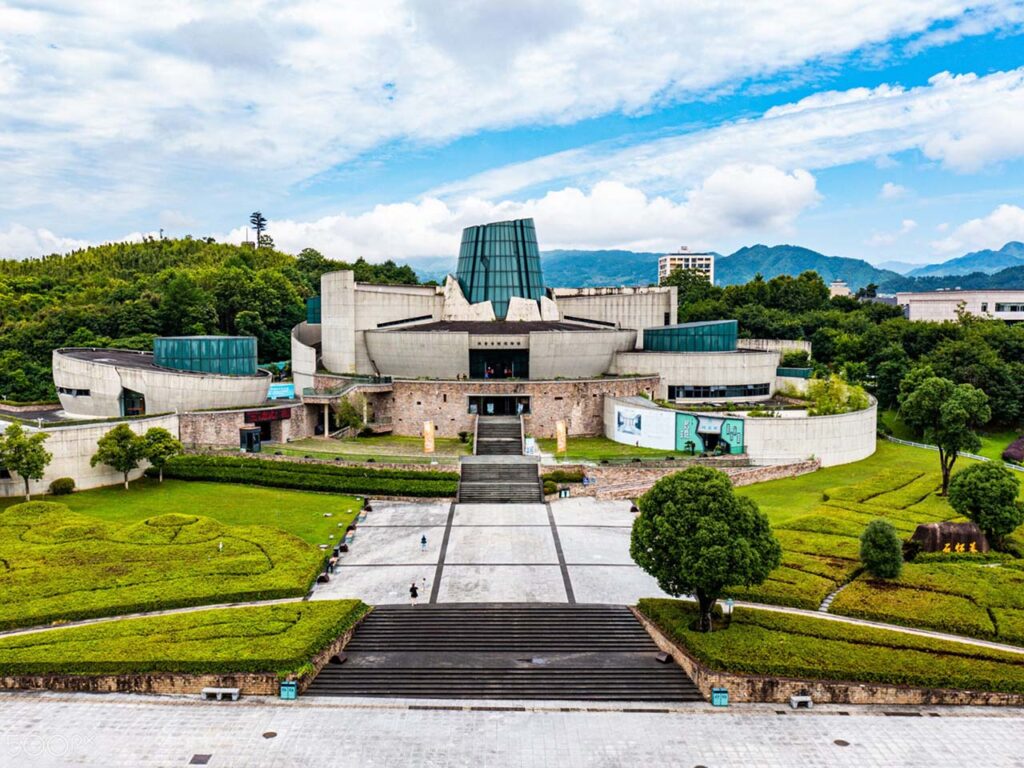
12 PM: Lunch
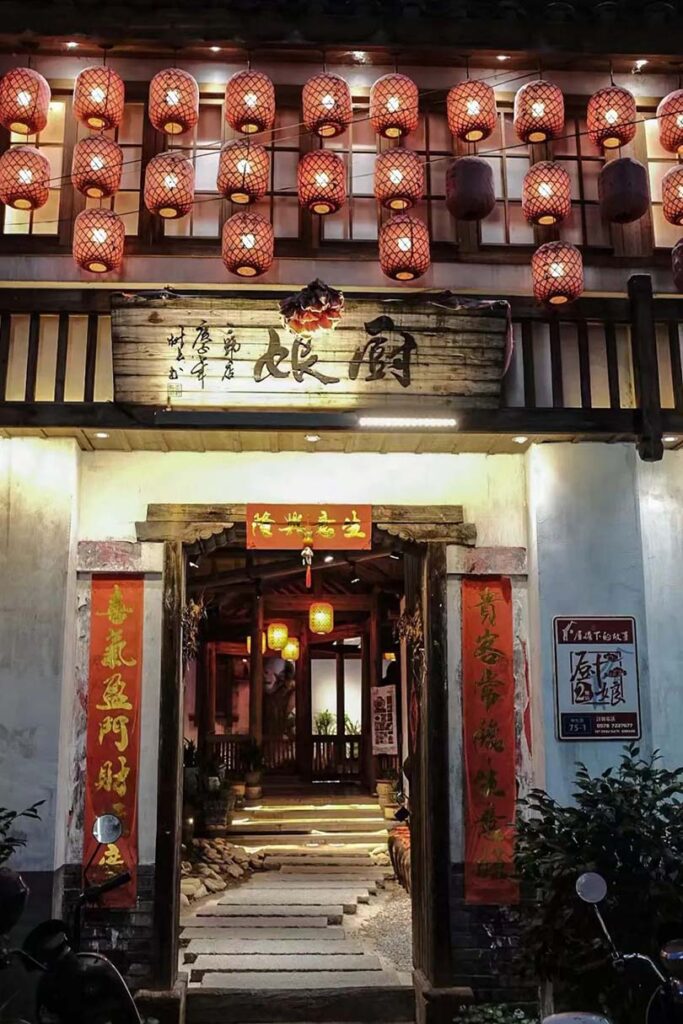
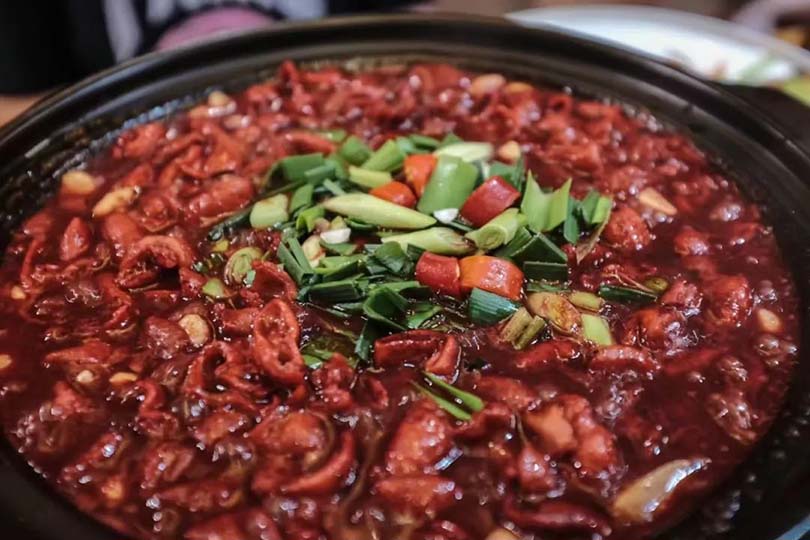
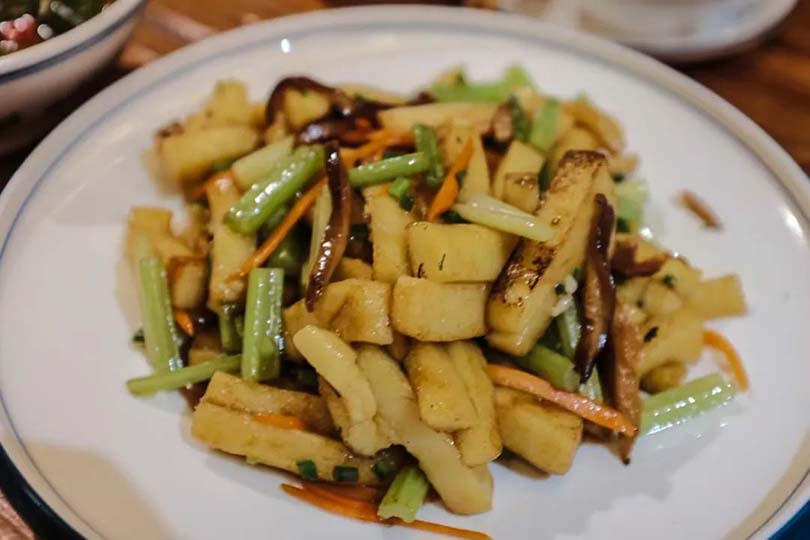
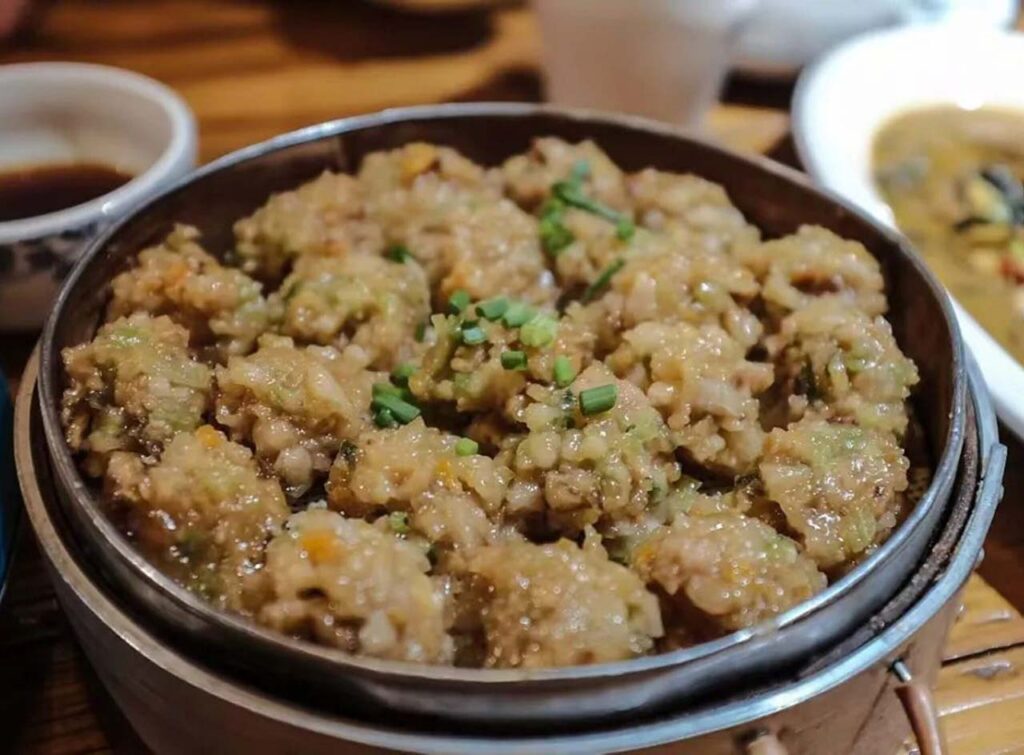
In the heart of Longquan, there is a very popular restaurant called Chu Niang Restaurant. Strings of red lanterns, age-old door frames, green stone paths, and small wooden buildings give the place a charming atmosphere.
The rooms in the canteen are named after the shapes of traditional celadon. Signature dishes such as braised brook trout, potato kuey teow, yellow kuey teow, red sausage with wine lees, and fish head and tofu soup are all fine examples of the culinary excellence of the Longquan people—wisdom distilled over millennia and expressed through their cuisine.
2 PM: Longquan Swords Museum
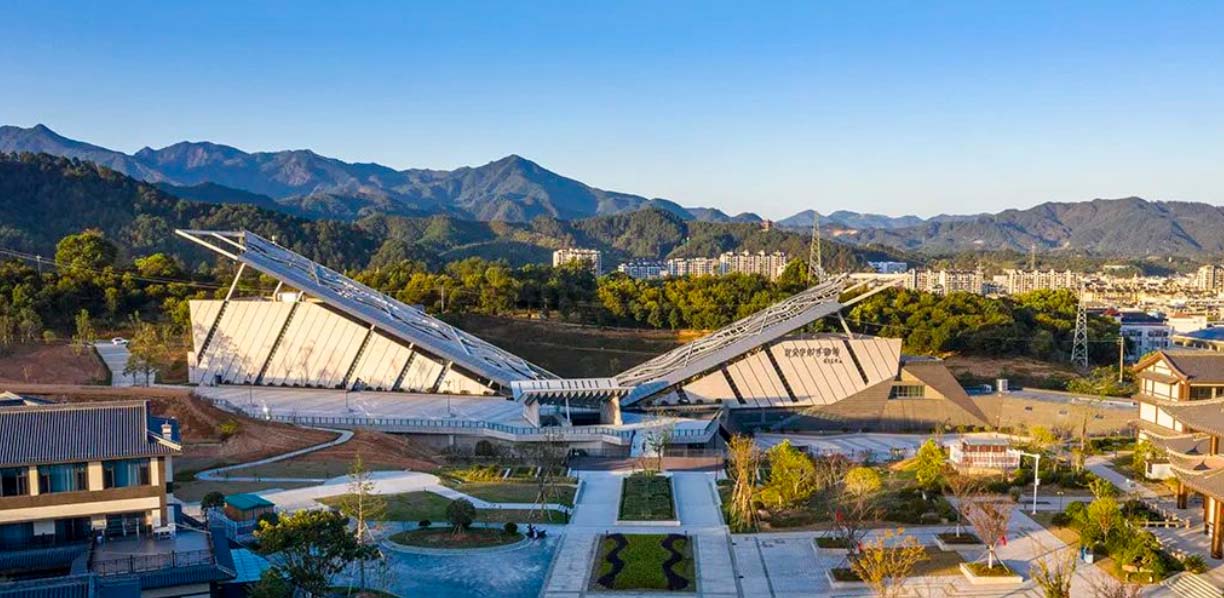
The Longquan Swords Museumis a newly opened institution, completed at the end of 2024. It houses over a hundred sword artifacts from various historical periods. As an ancient and mysterious weapon, the sword carries deep historical and cultural significance. The Longquan Treasure Sword, one of China’s most renowned traditional swords, is celebrated for its exquisite casting techniques and unique cultural heritage.
It served not only as a vital weapon during the Cold War era but also as a symbol of the bravery, wisdom, and perseverance of the Chinese nation. Longquan has a long-standing tradition of sword-making, with generations of skilled craftsmen pouring their wisdom and sweat into forging countless swords—leaving behind a valuable cultural heritage for the world.
4 PM: Wang Ou Ceramic Avenue
Wang Ou Ceramic Avenue is located in the west area of Longquan City, a famous national historical and cultural city. The project is based on the transformation of nearly a century of industrial heritage, such as the Zhejiang Provincial Improvement Porcelain Factory, Xiaosan Line Arsenal, State-run 540 Art Porcelain Factory, and National Mirror Pharmaceuticals. It is positioned as “the national business card of sword porcelain culture and the art living room of the Yangtze River Delta,” integrating international art exchanges, youth dual-creation, education and study, leisure and vacation businesses, with cultural tourism + education and innovation as the core.
At the same time, linking with Jingdezhen Taoxichuan resources and constantly importing international artists, young entrepreneurs, and college students, the project will become a localized, youthful, international new business card of Longquan City, telling a new and compelling story of sword porcelain culture.
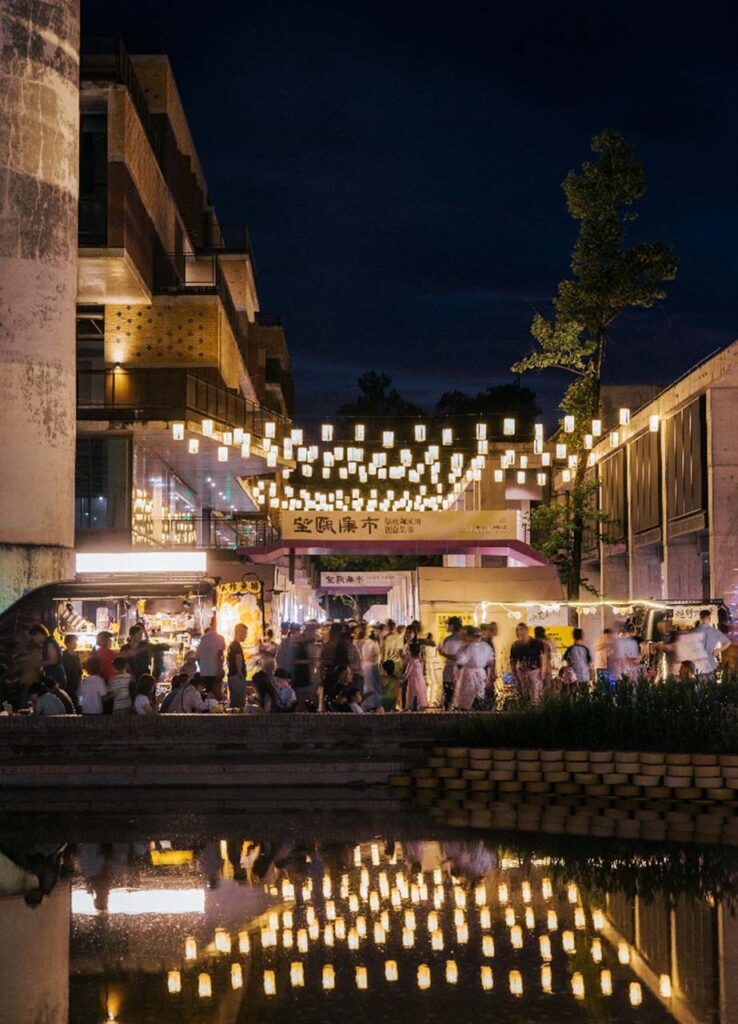
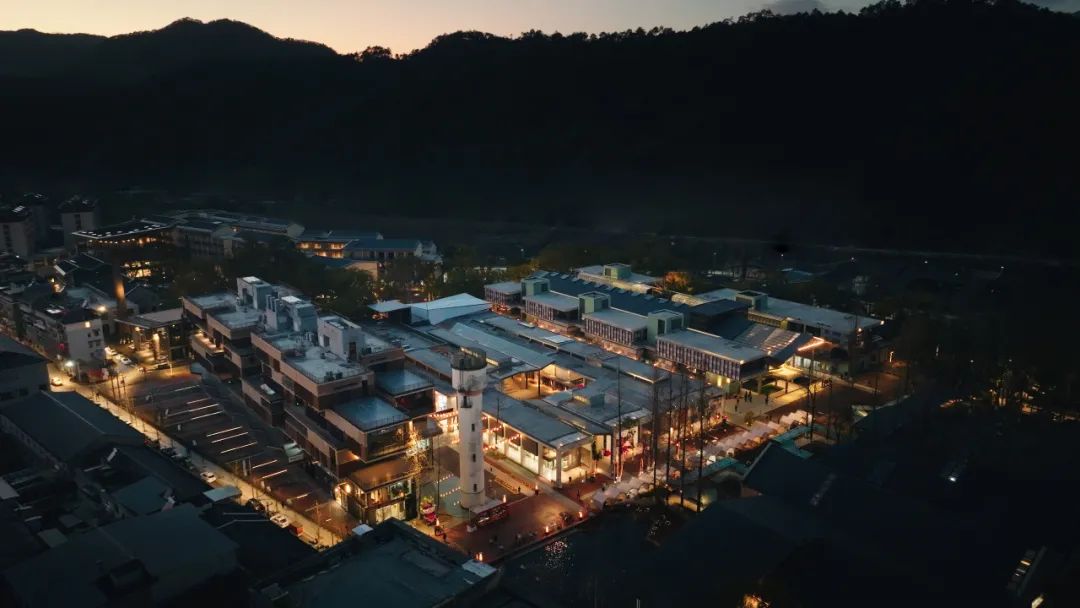
6 PM: West Street
We can enjoy dinner on West Street, where there is a wide variety of local snacks as well as tours to choose from. Longquan City's history, it can be said, begins with West Street. Since the second year of the Qianyuan reign of the Tang Dynasty, West Street has grown alongside Longquan County. Over the course of a thousand years and through changing dynasties, West Street has flourished and declined in step with the city, like a “living” history, bearing witness to the prosperity and transformation of the land.
West Street stretches from Gongtou Village in the west to Park Road in the east, and from Zhongshan Street in the north to Longquan Creek in the south. The entire West Street area forms a long strip, with buildings arranged along an east-west axis. The street runs a total length of 1,417 meters and is composed of a unique ancient street style.
Strolling along the green stone road of West Street, every step flows with poetry; every black tile and horse-head wall seems to tell the story of more than a thousand years. As the birthplace and core area of Longquan Ancient City, West Street has a high concentration of intangible cultural heritage, with nearly a hundred shops lining the old street.
We feel the warmth of this small town, which is both scenic and popular. It carries the flavor of history while also embracing the vitality of modern and contemporary art. We spend our leisure time here, ordering a cup of coffee, chatting with the residents, and soaking in the peace of life.
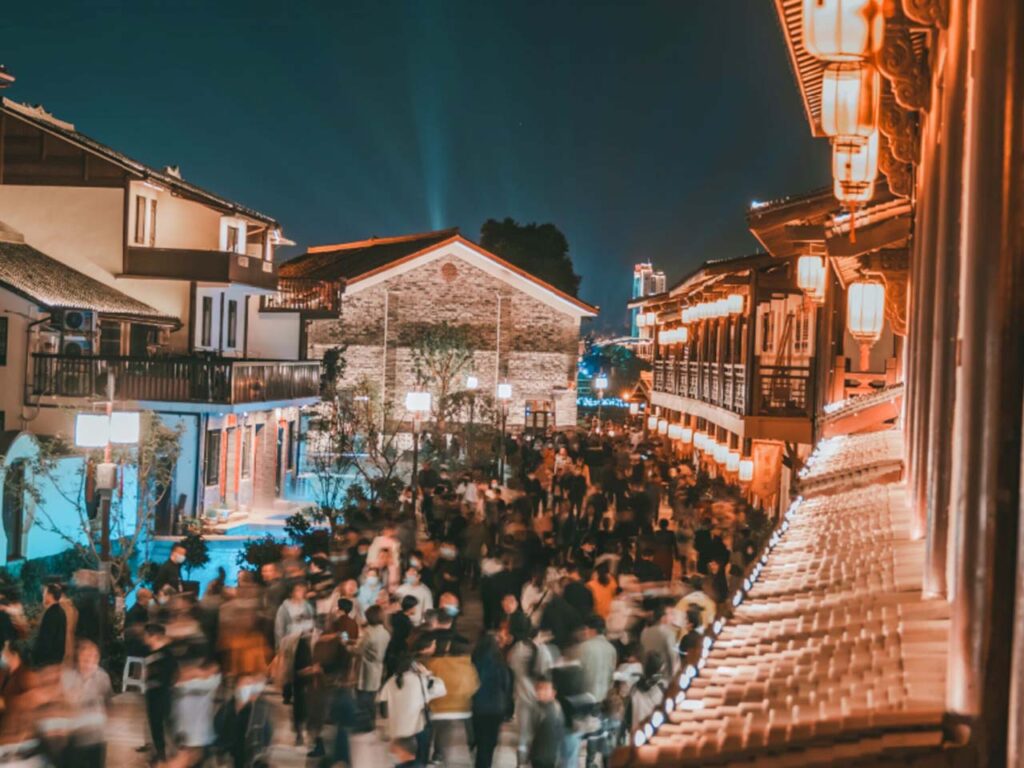
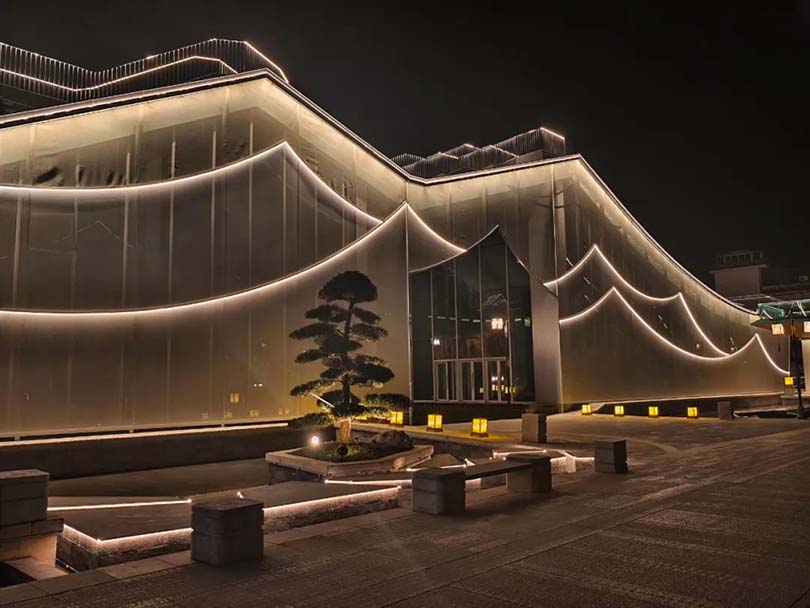
DAY 2 | Research, Design & Heritage
9 AM: Jingdezhen Ceramic University, Longquan Research Institute, China Academy of Art, Longquan Research Institute
After breakfast, we start our art tour for the day! The establishment of two research institutes is the result of successful cooperation between the Longquan Municipal People's Government, Jingdezhen Ceramic University, and the China Academy of Art. These institutes are dedicated to the development of Longquan celadon.
The collaboration between the two regions aims to further realize “complementary advantages, resource sharing, mutual benefit, and win-win outcomes, and common development.” Famous schools support a famous city—working hand in hand toward the future.
It is committed to bringing Longquan celadon back to the global stage, introducing artists from around the world to create works during the Long Residency each year. It also organizes excellent international art exhibitions, lectures, work camps, and other cultural events.
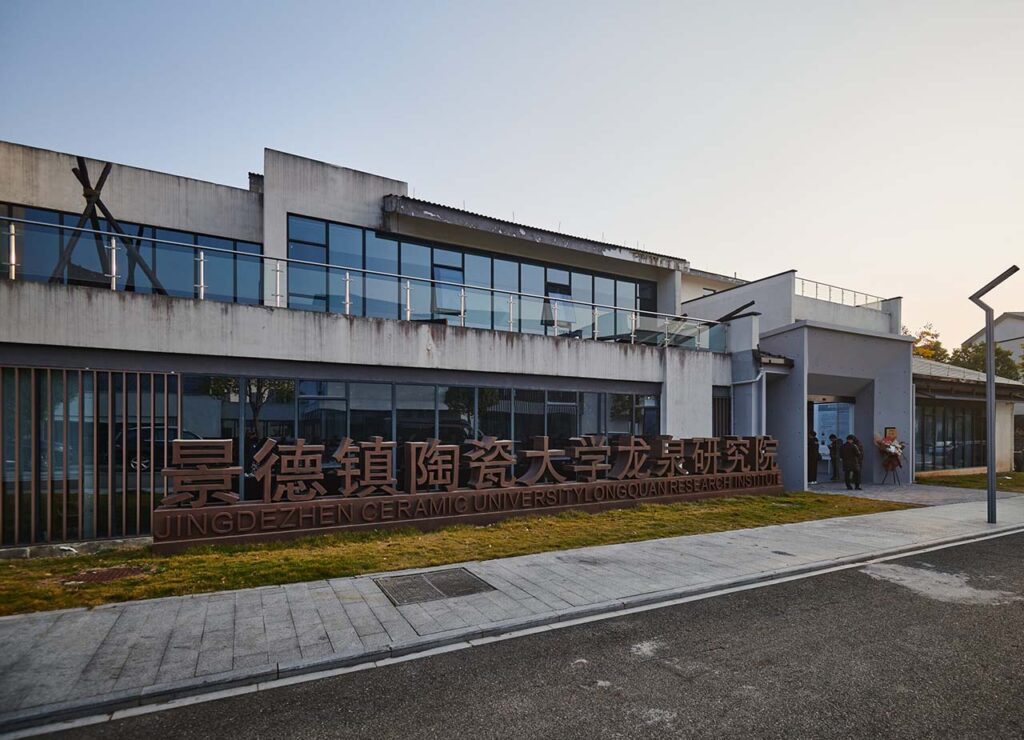
10 AM: Longquan Vocational School
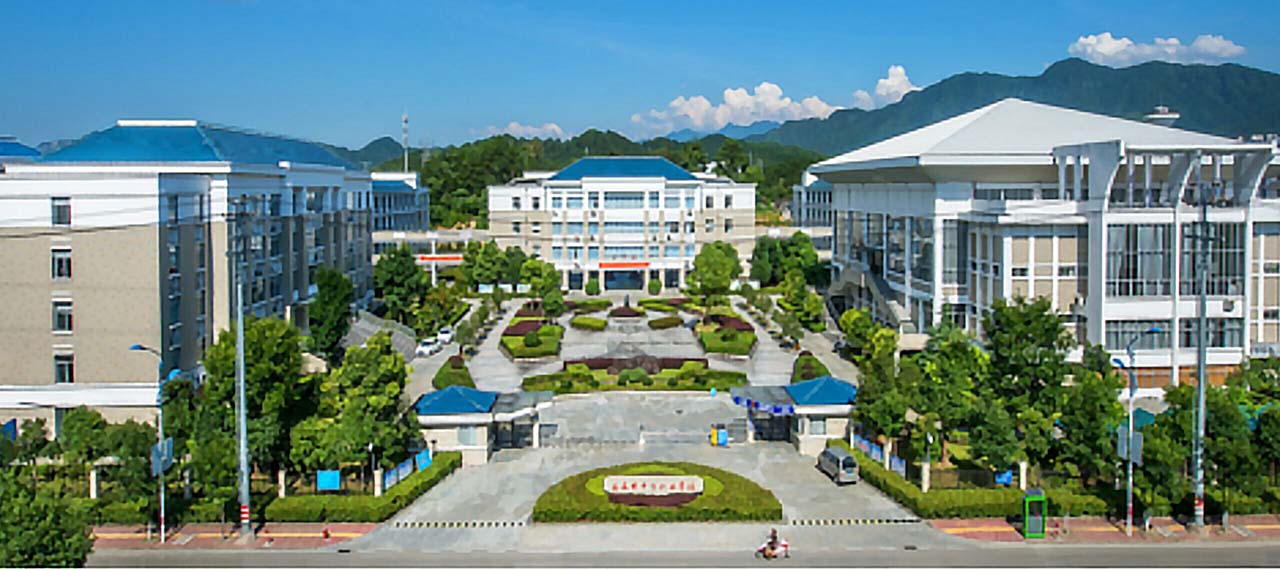
Located in the center of Longquan City, the school has three secondary colleges: the Sword and Porcelain Art College, the Intelligent Manufacturing College, and the Commerce, Culture and Tourism College. It is equipped with ceramic teaching facilities, cultivating a large number of skilled celadon technicians for the celadon industry, serving the local economy, and supporting the development of a quality city.
11 AM: International Bamboo Architecture Biennale
Longquan is rich in bamboo. The bamboo architectural complex in Baoxi Townshipmakes full use of the area's abundant bamboo resources, showcasing its unique beauty through this natural material. Bamboo’s toughness, strength, short growth cycle, and ductility make it a favored building material for architects.
The bamboo buildings are designed to harmonize with the surrounding environment, with symbolic bamboo strips clearly expressing a sense of line, integrating into the background layers, and blending with the natural landscape. Eleven globally renowned architects have showcased their creativity in Baoxi Township, constructing a contemporary countryside through 18 bamboo-structured monolithic buildings. These buildings not only reflect the simple, lived-in atmosphere of rural life but also incorporate local bamboo and celadon culture, creating a spiritual architecture full of beauty.
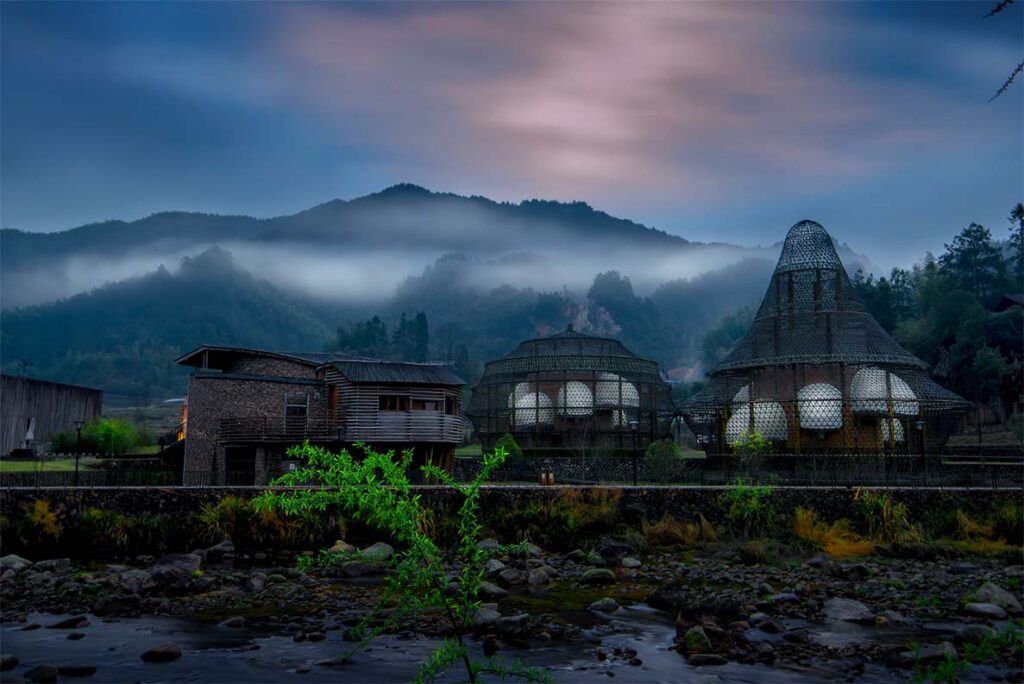
The Bamboo Complex is not only a living space, but also a venue for regular exhibitions of contemporary public art from both China and abroad. Many domestic and international artists have visited the site to relax and experience the atmosphere created by the integration of Longquan celadon and bamboo cultures within diverse global cultural contexts.
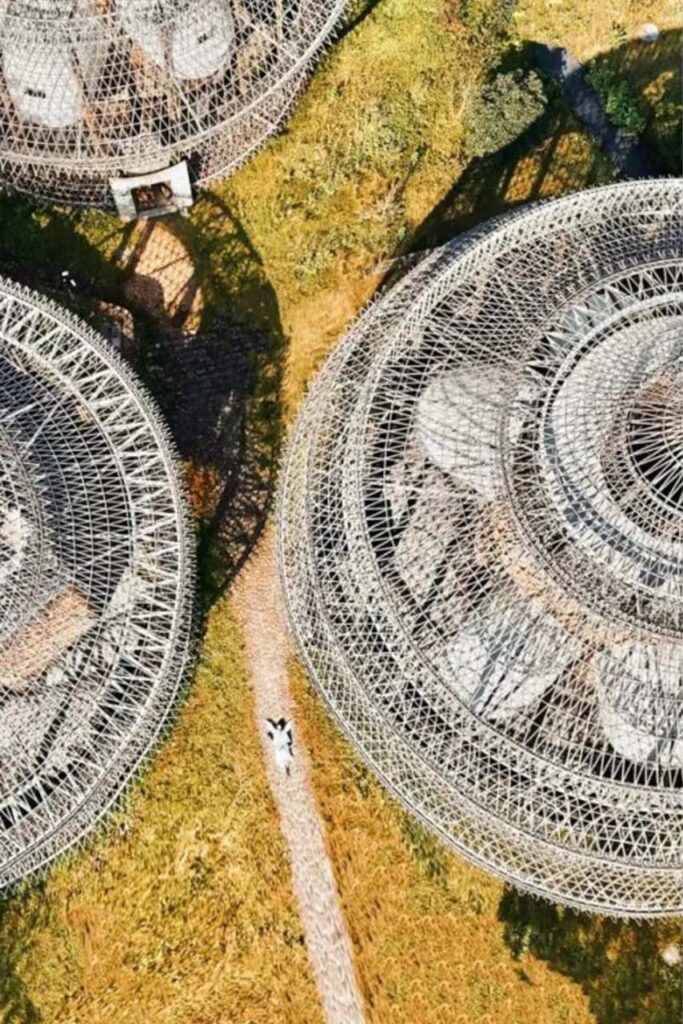
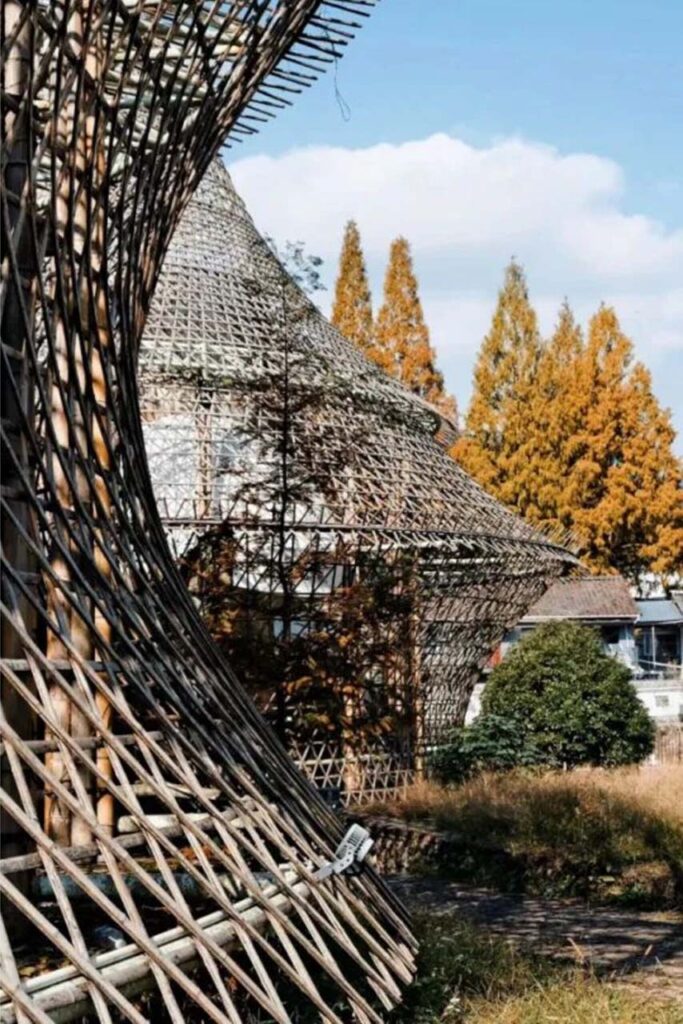
2 PM: YunWu Ancient Villages of Qing Dynasties
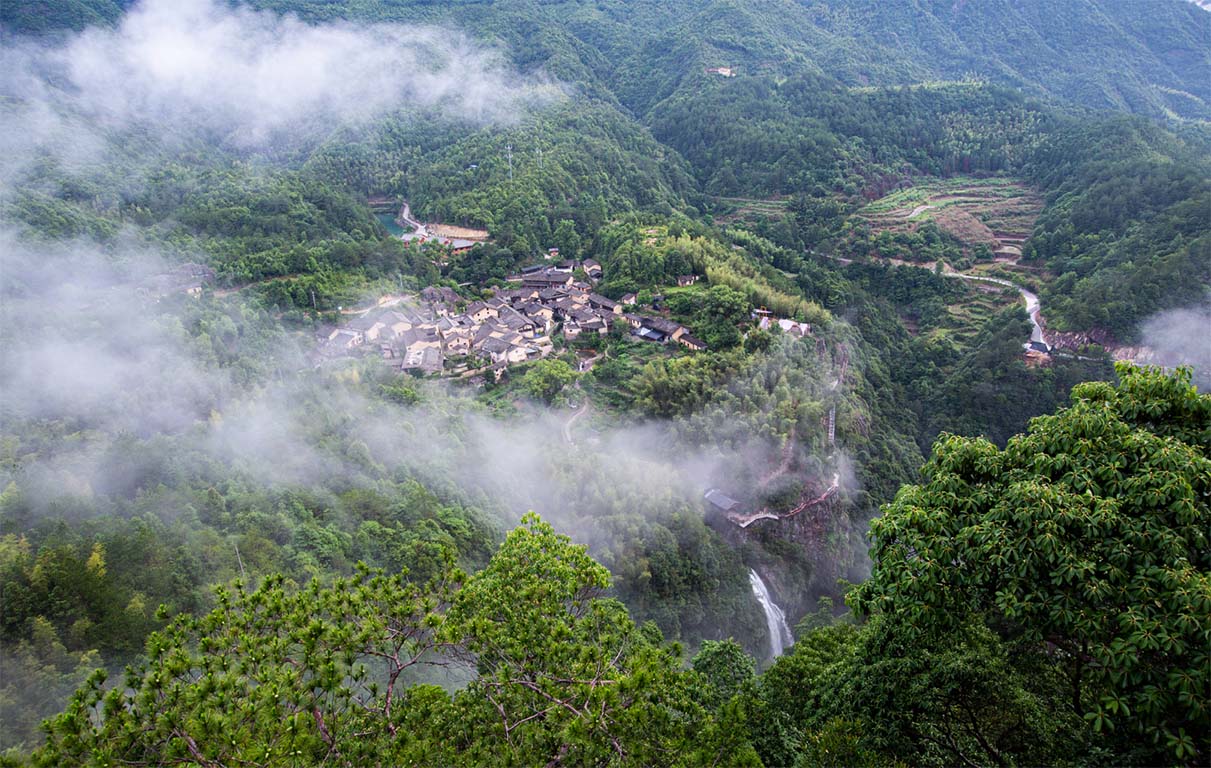
In the northwestern part of Longquan City lies an ancient village—Yunwu Ancient Village,also known as Shimozhang Village—surrounded by high mountains, deep streams, lush greenery, striking rock formations, waterfalls, and misty clouds, as if it were a fairyland. A gurgling stream divides the village in two, and the main lanes are paved with polished, rounded pebbles. On both sides stand ancient walls three to four meters high, adding a rustic charm.
Along the narrow creekside streets and alleys, you’ll find well-preserved ancient roads from the Song Dynasty, wooden bridges, embankments, and dwellings from the Ming and Qing periods. These examples of well-preserved folk architecture and the enduring traces of time create a serene atmosphere, allowing visitors to forget the outside world and simply be still.
3 PM: Longquan Da Kiln National Archaeological Site Park
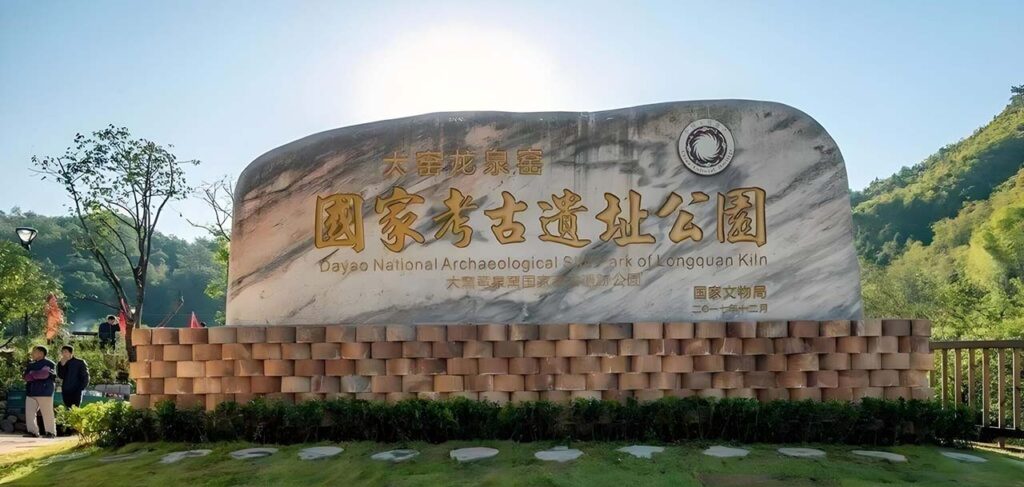
Dayao Longquan Kiln Archaeological Site Parkis located in Xiaomei Town and Chatian Town, Longquan City, Zhejiang Province. The park is centered around the ruins of the Dayao Longquan Kiln and integrates remnants of the celadon kiln industry, traditional villages, field landscapes, ancient paths and streams, and the natural environment. It stretches across dozens of miles, making it necessary to drive or rent a car to explore the area.
6 PM: Dinner
Taste of the Sea is a restaurant specializing in seafood cuisine that has been open for more than thirty years. Longquan, located in Zhejiang Province, is a region deeply devoted to seafood traditions. Here, people are almost obsessed with the pursuit of “deliciousness.” Delicious seafood is like a vivid scroll painting: the richness of pike crab, the tenderness of rhubarb fish, the creamy roe of crab, and the sweet and sour flavor of West Lake vinegar fish. Whether prepared with onion oil, pepper, and salt, braised, or steamed—these four classic methods are the foundation. Although Longquan is a mountainous area in southern Zhejiang, it is close enough to the coast to ensure access to exceptionally fresh seafood.
8 PM: Lonqguan Celadon Sword Park, Yan Shaoying Art Studio
Located in the Celadon Sword Park,this art studio exudes a unique Zen atmosphere—a sense of stillness that settles in after the worldly bustle has faded away. Perhaps it is best described as “beginning with luxury, ending in plainness.” Her artwork focuses on the combination of carved decoration and glaze, with exquisitely fine carvings that tell the story of Longquan celadon.
LOOOP Glass Art Studio
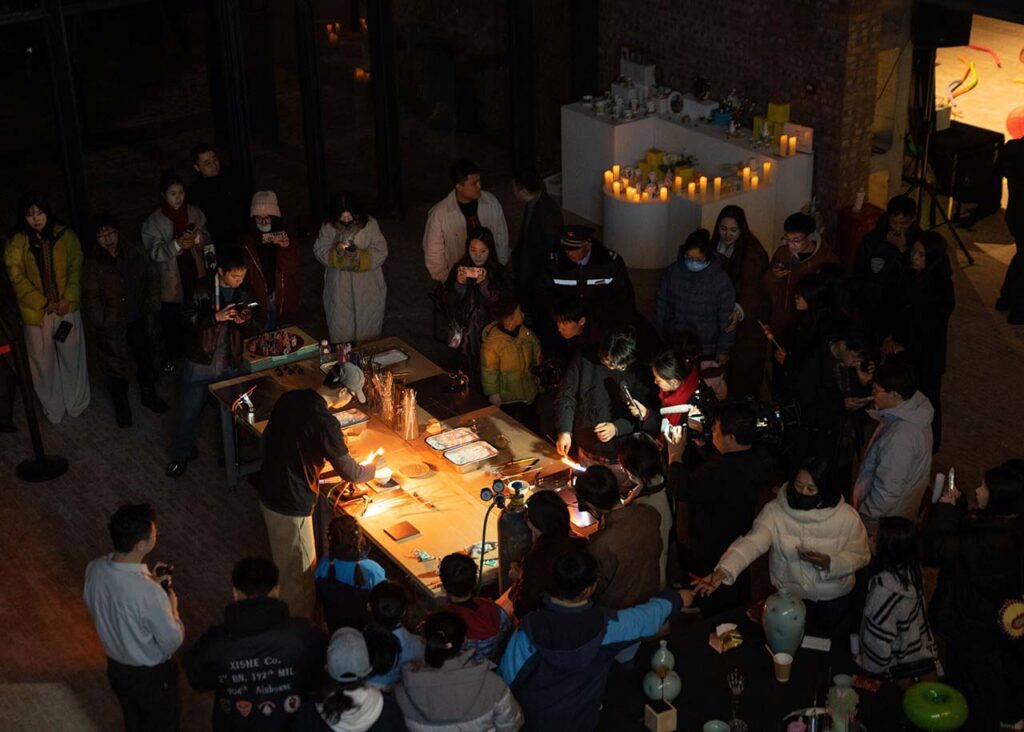
LOOOP Glass Art Studiois located in the Celadon Sword Park and consists of both a glass studio and a lab. Guided by the trends of contemporary art, it explores the fusion of Longquan celadon and glass.
The studio also functions as an art platform, deeply connecting global ceramic production areas, glass studios, designers, and artists to tell the story of oriental materials and realize an aesthetic of atmosphere. Chinese glass, with its visual qualities imitating jade and milky textures, provides a rich foundation.
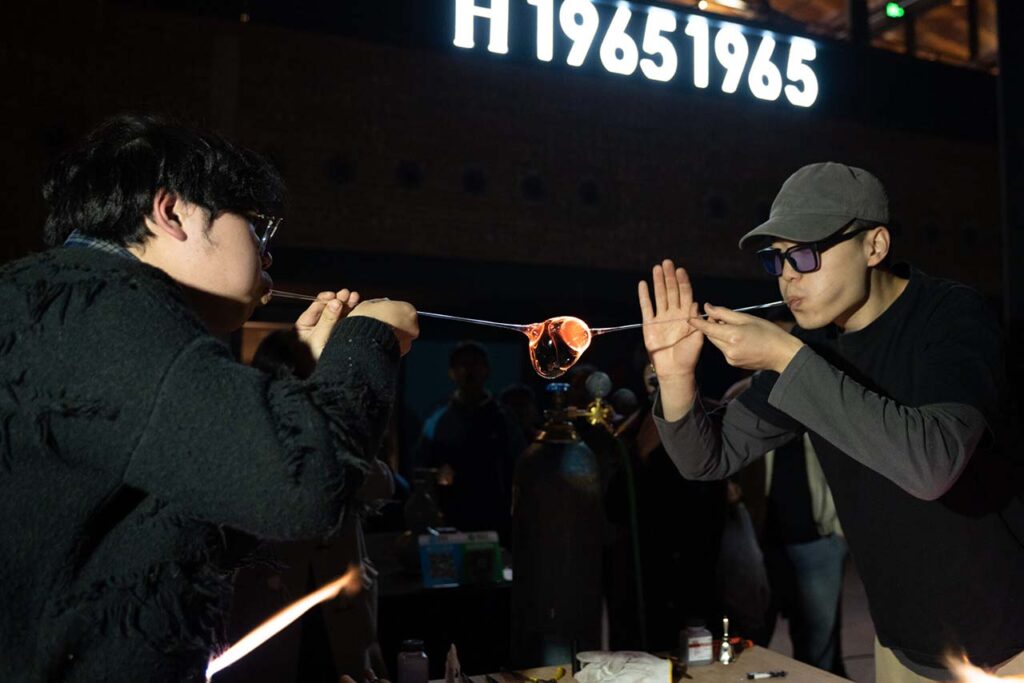
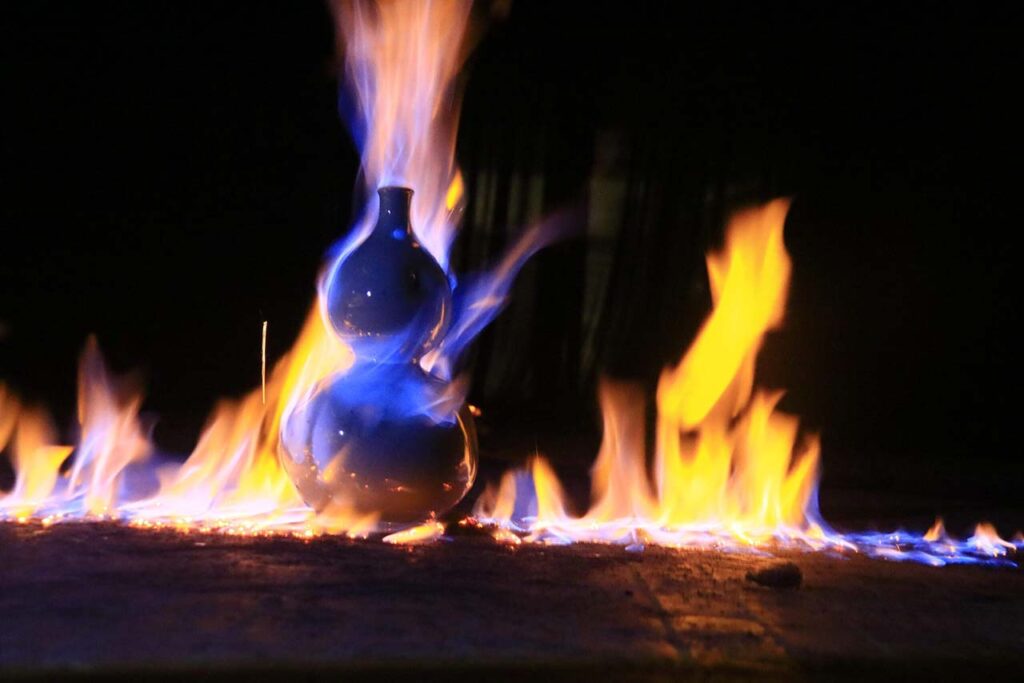
DAY 3 | LONGQUAN CELADON TOWN & MOUNTAIN
9 AM: Longquan Celadon Town
After breakfast, a rental car is required for today's Celadon Wanderlust tour. Shangyang County is the birthplace of modern Longquan celadon. Walking into the park,a sense of industrial nostalgia greets you—the old factory buildings still retain their towering chimneys, porcelain kilns, and water pestles.
The underground walkways are paved with celadon, the entrance is made of celadon... celadon elements can be seen everywhere in this small courtyard. Strolling through the town, crossing small courtyards, and walking along fences, you’ll trace history and experience the enduring charm of celadon culture.

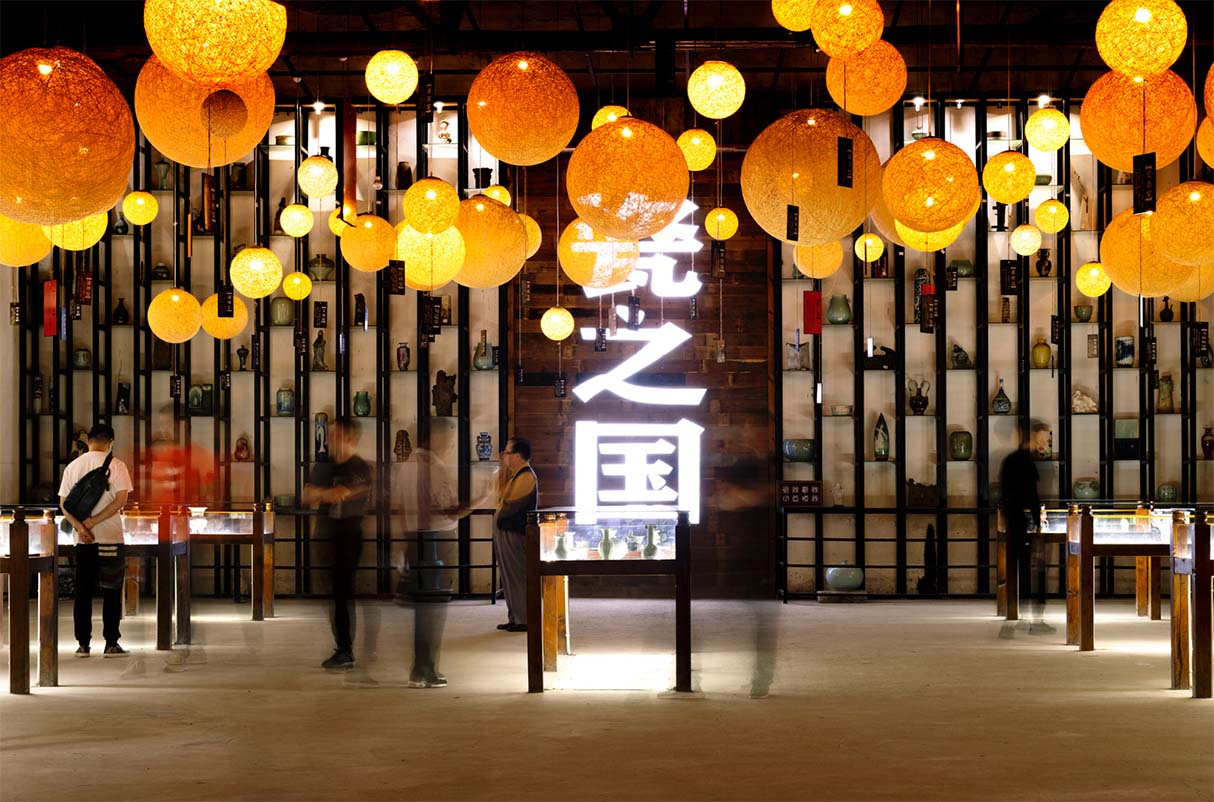
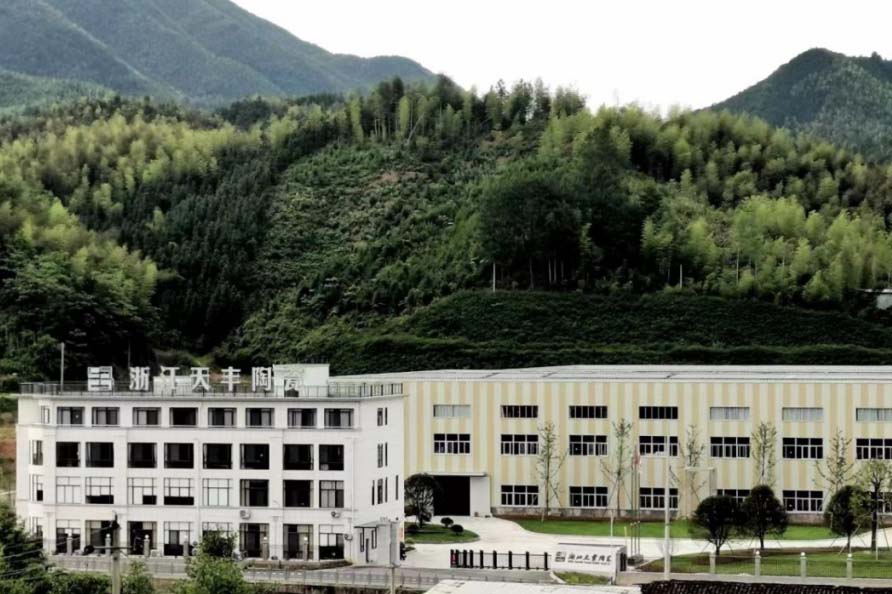
10 AM: Zhejiang Tianfeng Ceramics Co., Ltd
Zhejiang Tianfeng Ceramics Co., Ltd., transformed from the 20th-century Longquan State-run Porcelain Factory, is located in Longquan Shangyang Industrial Park, very close to Longquan Celadon Town. The factory has a comprehensive production line, covering the entire process from mining to finished porcelain.
11 AM: Longquan Mountain
If you love hiking and other outdoor sports, you should definitely visit Longquan Mountain.And remember to bring food you like—you’ll take a break on the mountain trails of Longquan Mountain and enjoy your lunch surrounded by nature!
Longquan celadon was born along the Oujiang River, and Longquan Mountain is the birthplace of that river. It’s also the highest peak in Jiangsu and Zhejiang provinces, with an altitude of 1,929 meters—and when you reach the summit, you can almost touch the clouds. Stepping into Longquan Mountain, the first thing that greets you is a refreshing breeze against your face. With an average annual temperature of just 12°C, it feels like a massive natural air conditioner, keeping the heat and distractions of daily life at bay.
The lush vegetation and ancient trees create a natural oxygen bar. Here, you can find a quiet corner for meditation or yoga, sip tea and read, and let your body and mind return to a state of tranquility. Nourished by nature, you may rediscover the essence of life and a source of vitality long forgotten.
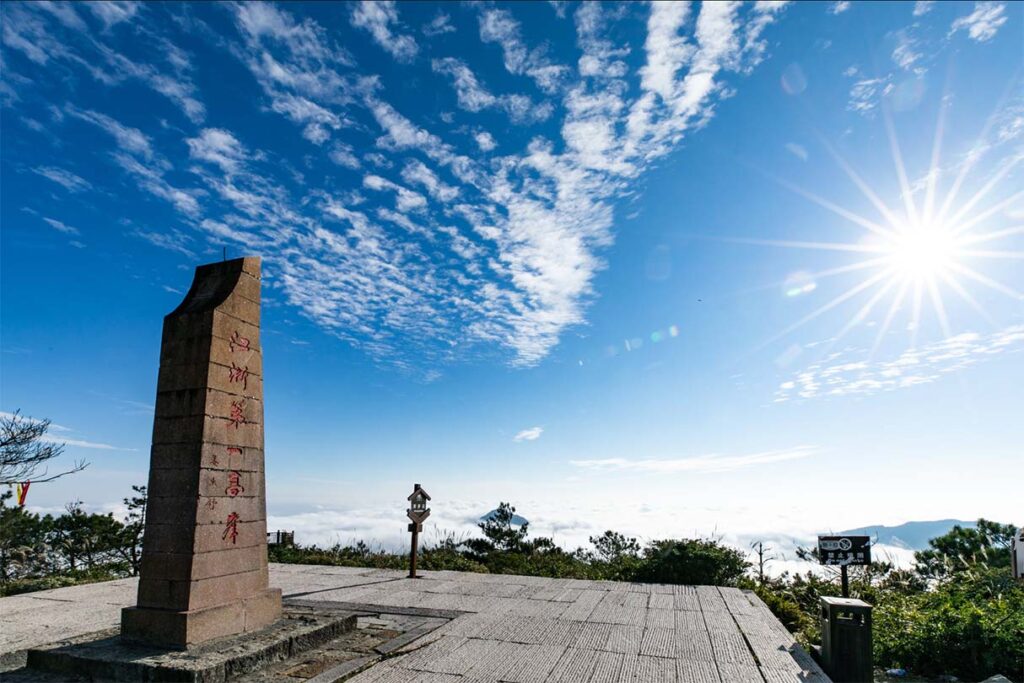
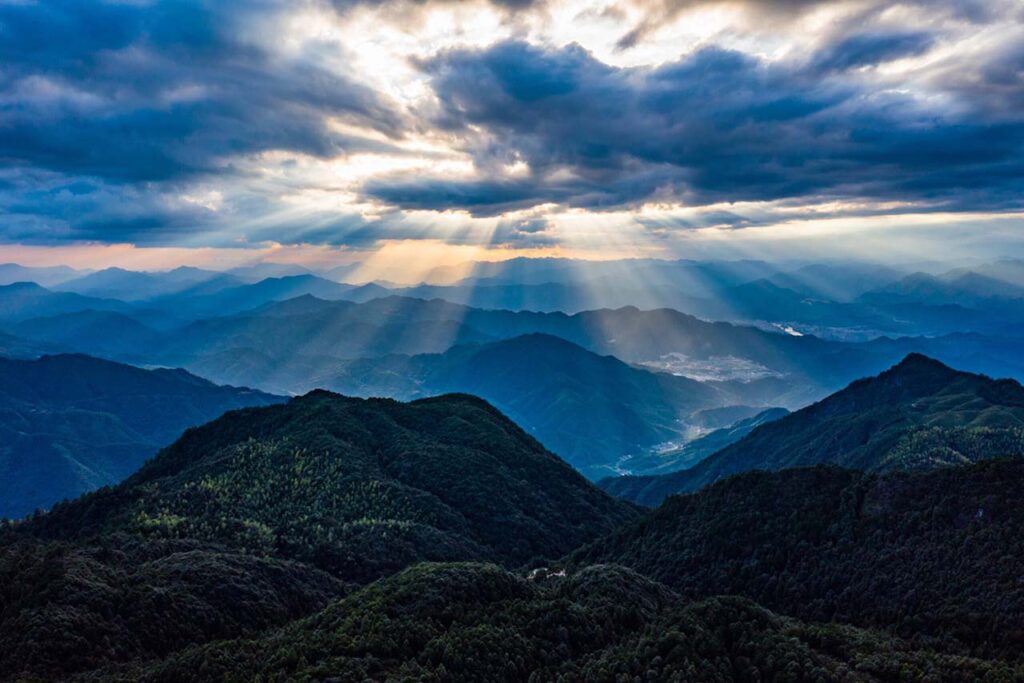
7 PM: Dinner
You can choose to dine at Wangou Taoxichuan Hotel, a formal business restaurant offering fine food at around 100 RMB per person, where you can enjoy a pleasant meal in a refined dining environment.
Alternatively, you can opt for the affordable ARong Restaurant on the street, which serves barbecue, stir-fry, and other local dishes at around 60 RMB per person. The hospitable shopkeeper will gladly introduce you to the stories and history behind the food.
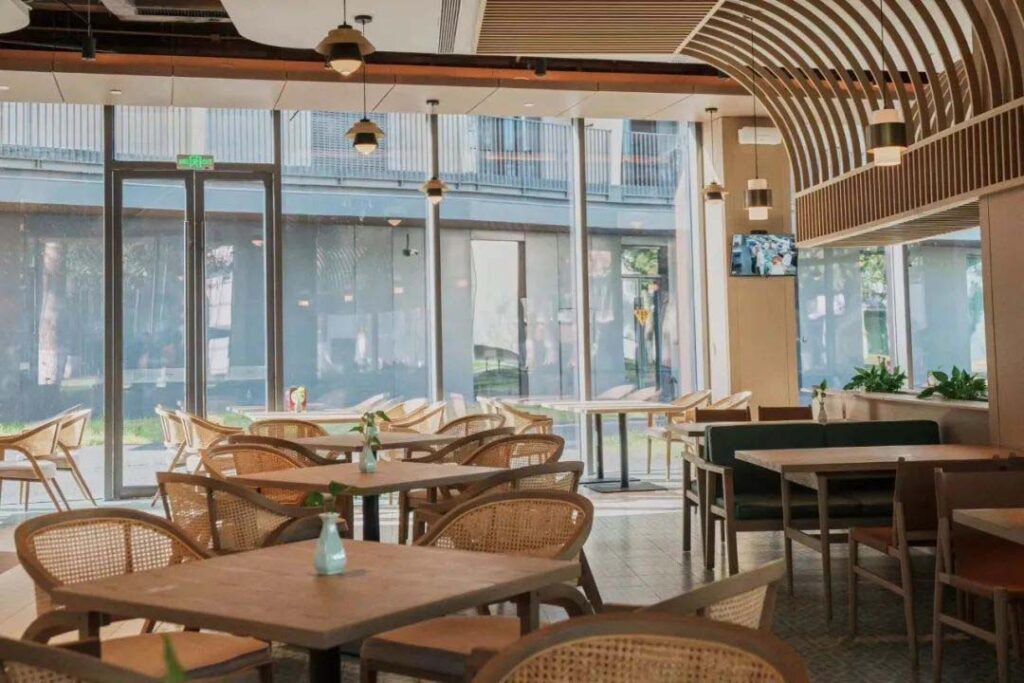
The ceramic art neighborhood offers a wide selection of food options. After your meal, you can relax at a nearby bar, chat with friends, and take part in the evening market, as well as enjoy occasional art exhibitions and performances.
Longquan Artist Studios
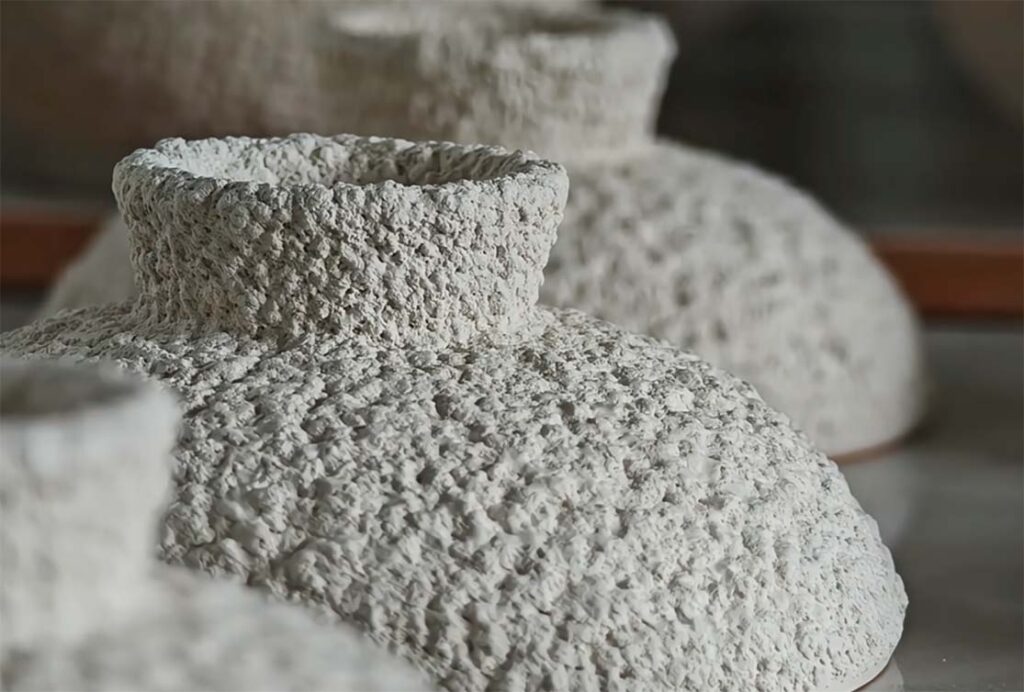
Today, celadon is primarily produced by family-run traditional craft workshops, with only a small number of mechanized assembly-line factories, where production focuses mainly on furnishings, tea sets, and tableware. Contemporary ceramic art generally draws on Song Dynasty aesthetics as its main mode of expression. At the same time, contemporary artists are experimenting with mixed materials—combining celadon with lacquer, glass, wood, and other media—in an effort to redefine Longquan celadon for the modern era.
Mei Hongling Celadon Art Studio
Master Mei Honglinghas spent decades creating celadon works, drawing inspiration from the deep history of clay and fire, as well as from the details of daily life. As a female artist, she brings a heightened sensitivity to beauty, an innate love for celadon, and a keen awareness of contemporary aesthetics, channeling these into her clay, glaze, brush, and sculpting tools. Beyond innovating in technique, style, and theme, Mei Hongling continuously explores new possibilities for Longquan celadon, experimenting with materials such as metal and glass to expand its artistic boundaries.
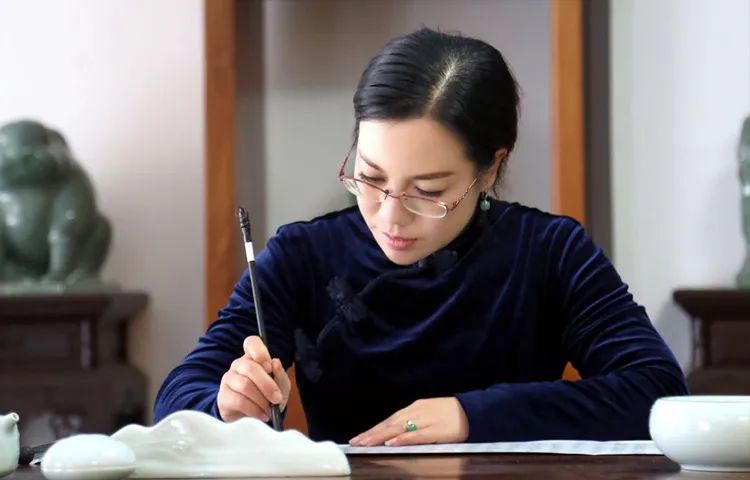
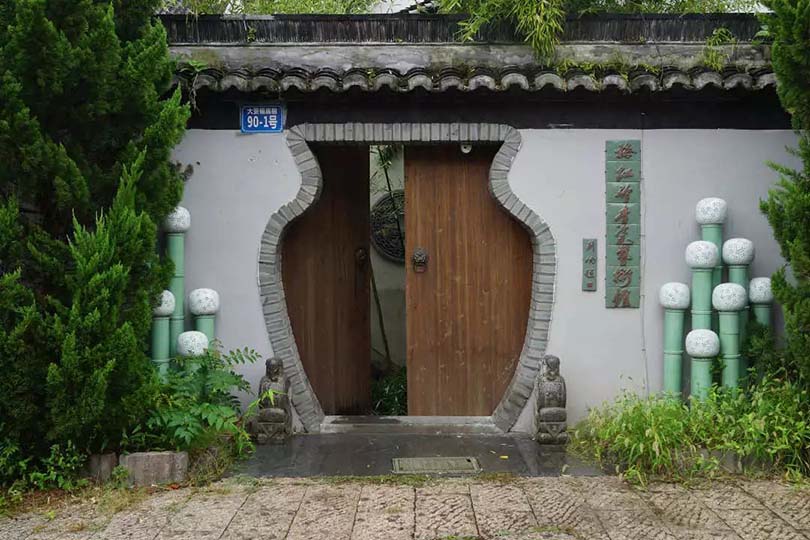
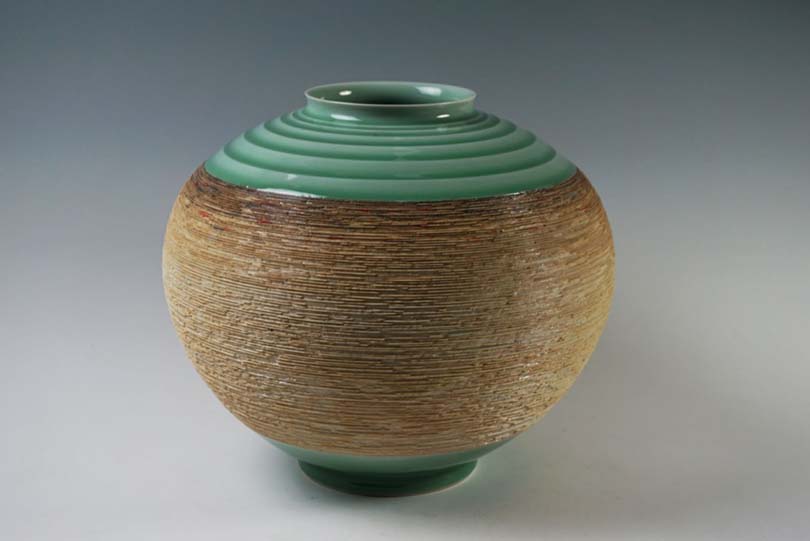
Yan Shaoying Celadon Art Studio
Master Yan Shaoying,born in Longquan, draws inspiration from Song Dynasty (960–1279) landscape, bird, and flower paintings. She specializes in techniques such as “half-knife clay shallow carving” and “shallow relief carving,” using piling, molding, skeletonizing, and scratching to create intricate patterns. Her work blends classical forms with minimalist modernist lines, where glaze colors shift beautifully with light and shadow. The elegant, flowing curves evoke a digitally inspired oriental aesthetic, expressing the philosophy of “refinement in the heart, simplicity in the form.”
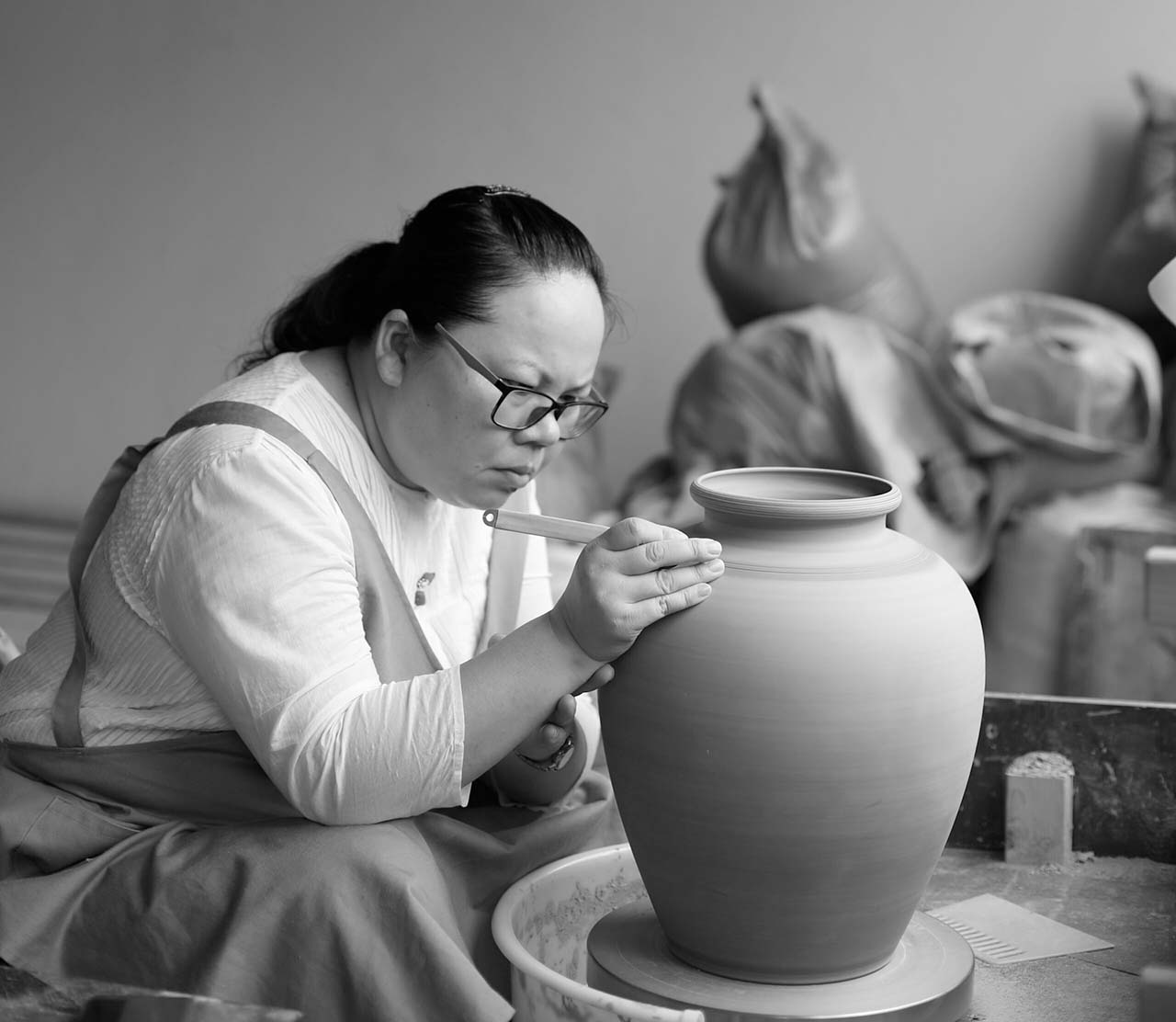
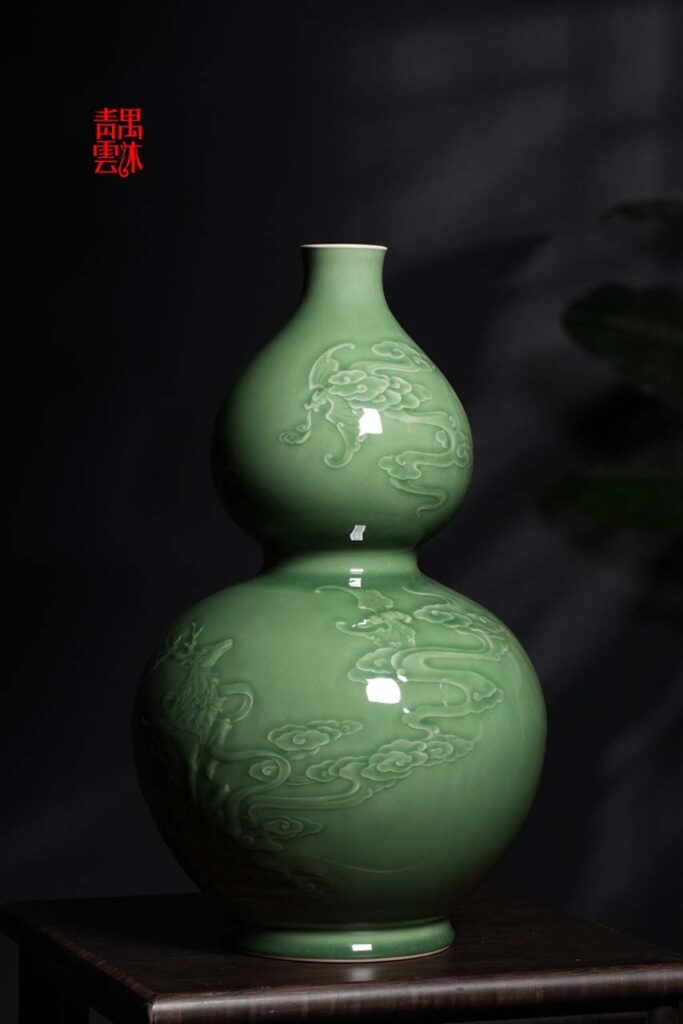
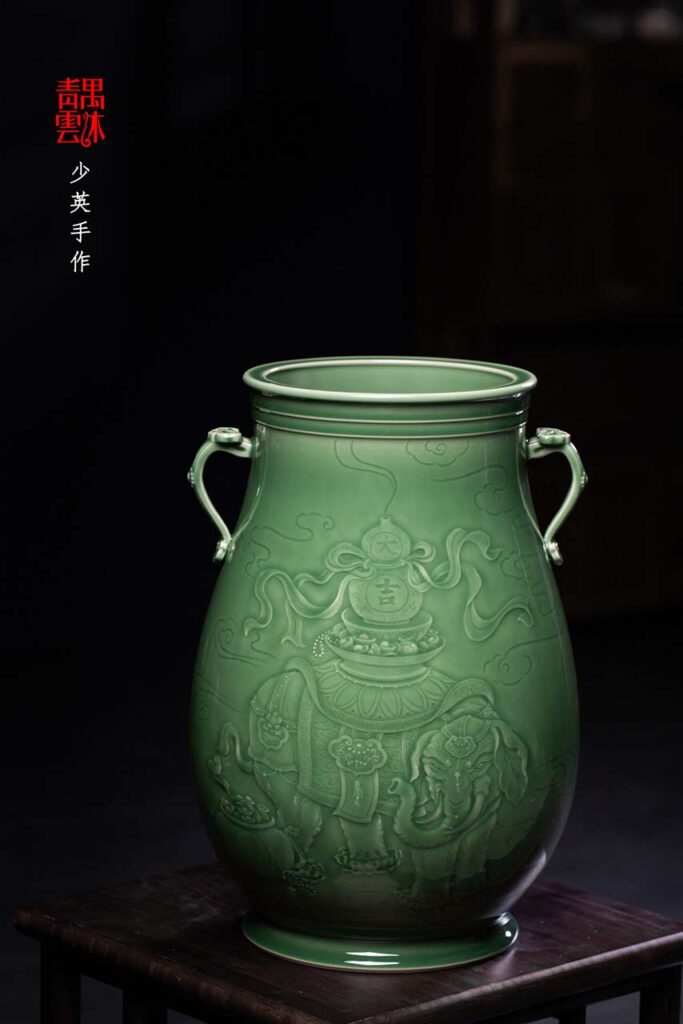
Li Guobin Celadon Art Studio
Li Guobin,born in Baoxi Town—the birthplace of Longquan celadon—is the fifth-generation heir of the “Li’s Celadon” lineage. He is known for creating the Warm Jade Glaze series, whose shimmering, jade-like surface and naturally formed crackles have earned his works praise as “contemporary treasures of ancient methods with a modern spirit.”
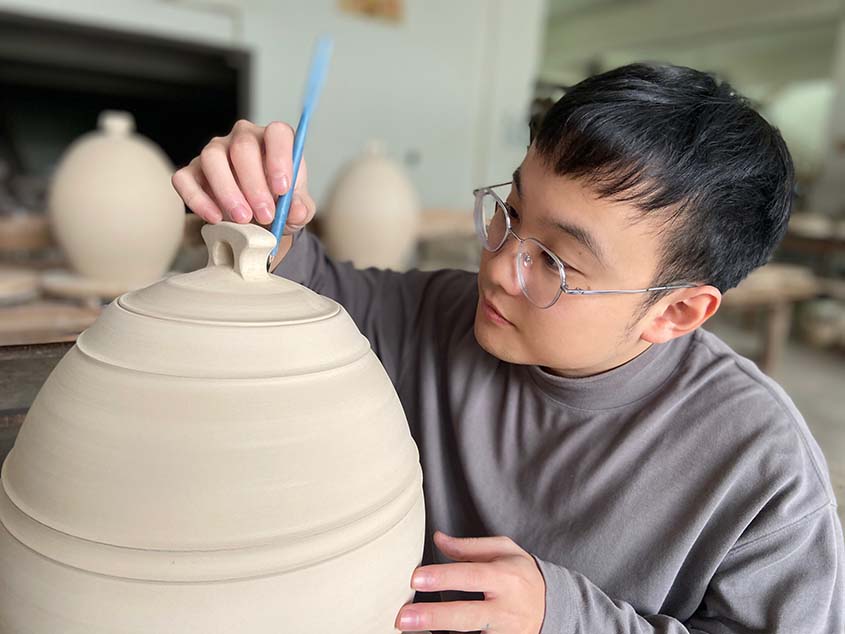
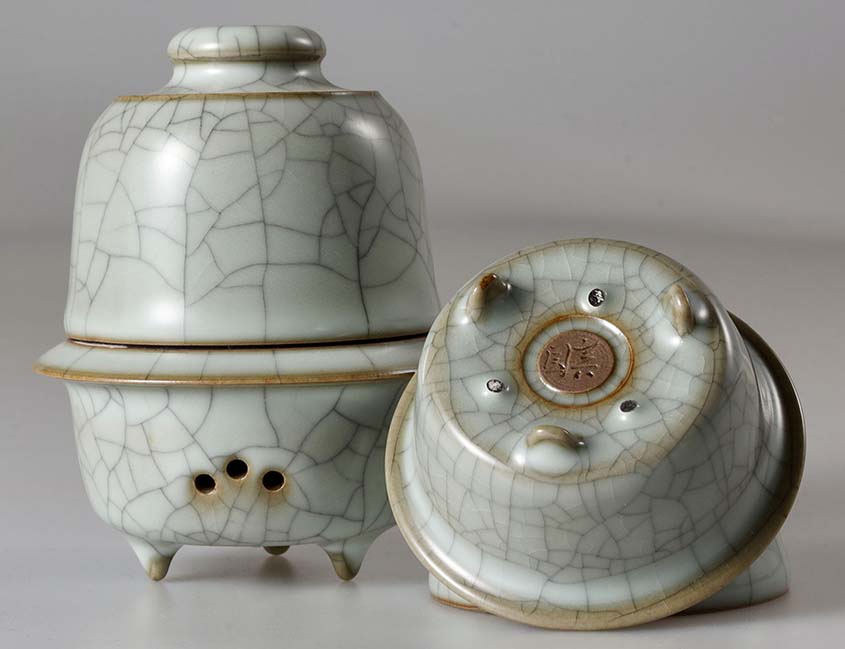
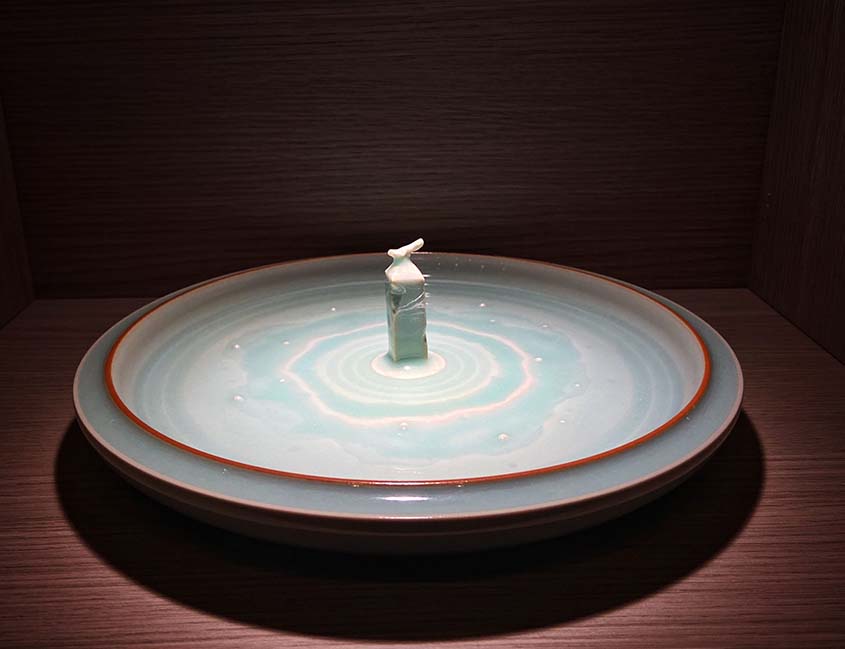
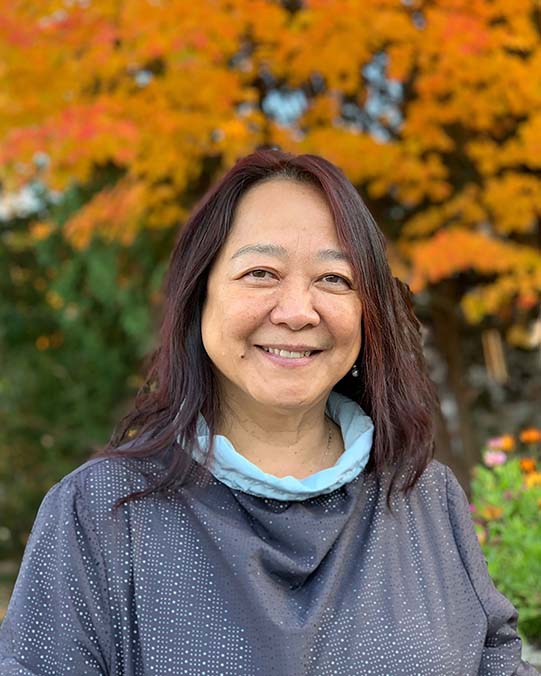
Sin-ying Ho received MFA from Louisiana State University in 2001. Currently, Ho is associate professor at Queens College, City University of New York, advisor of Taoxichuan Art Centre, Jingdezhen, PR China, board member of Watershed Centre of Ceramics Art and Museum of Ceramics Art in New York and Director at Large of The National Council on Education for the Ceramic Arts (NCECA).
He pursued a master's degree in Fine Arts from Jingdezhen Ceramic University. Now he is leading the work in Longquan Research Institute of Jingdezhen Ceramic University. At the same time, as the main manager of Looop Glass and Ceramic Art Platform, he is also committed to exploring the innovative fusion of glass and ceramic art, guided by the wind direction of contemporary art, to tell the story of oriental materials.
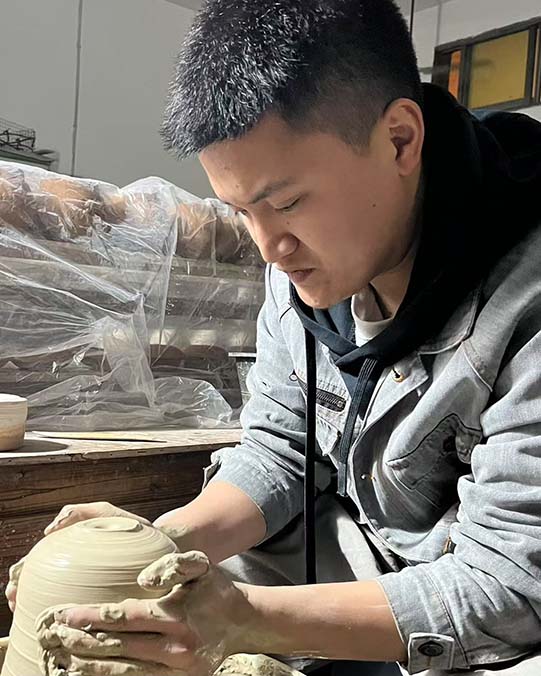
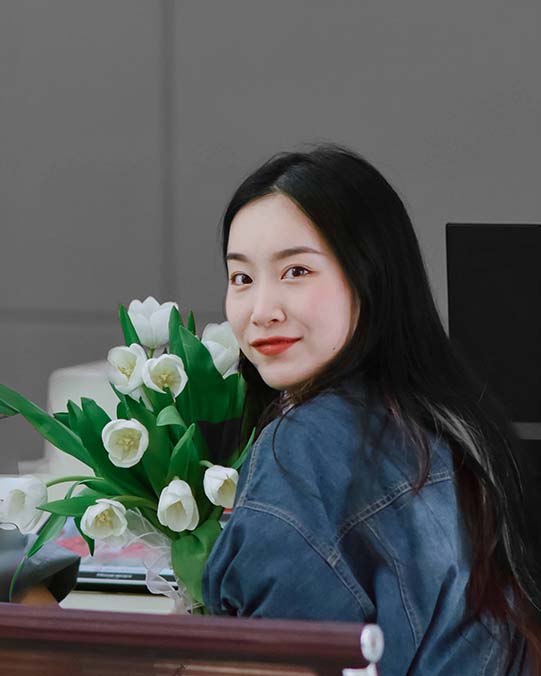
She is a curator in China, currently working at the Longquan Research Institute of Jingdezhen Ceramic University, where she is in charge of the international ceramic exchange program, including international artist residencies, international ceramic exhibitions, and other art activities. She has studied and researched systematically in the fields of design, ceramic history, and art management, and is very much in love with Longquan celadon, and endeavors to build bridges of international exchange for Longquan.
Want to see our next ceramic guide to a city? Brooklyn, New York and Honolulu, Hawaii are coming next! You too can feature ceramic destinations in your city. To share a guide, event, exhibition news, or research, visit our CONNECT PAGEfor more information!
Don't forget to subscribeto our newsletter for updates on all things ceramics!
